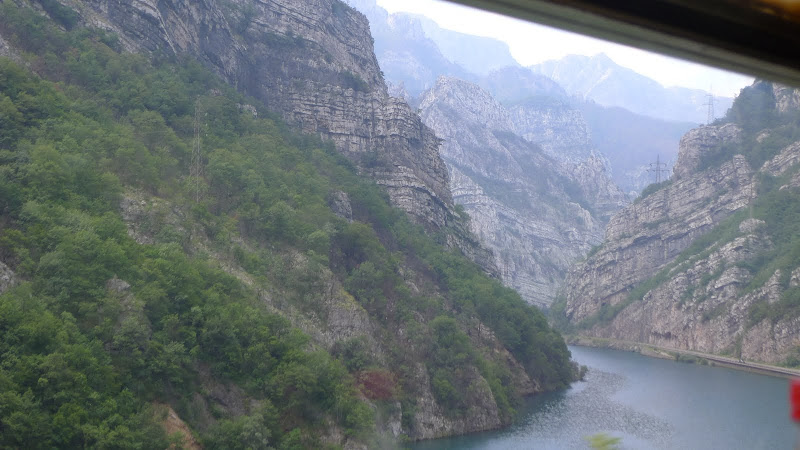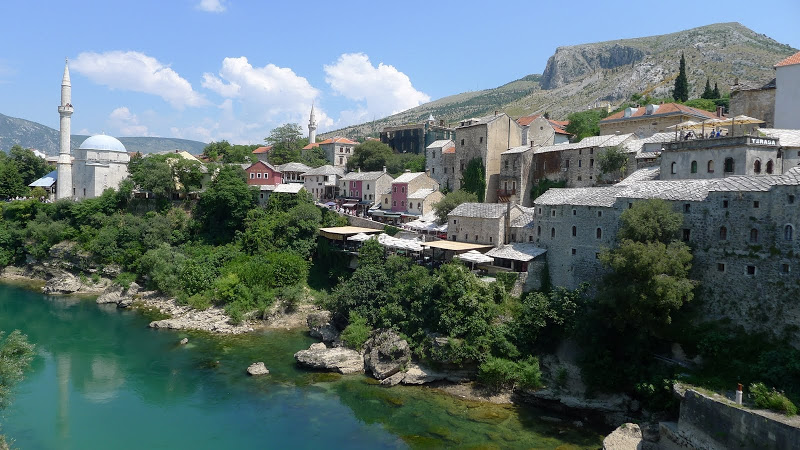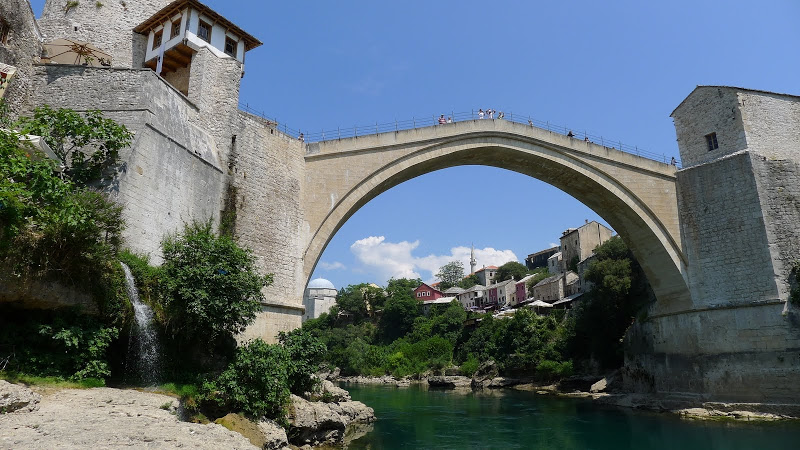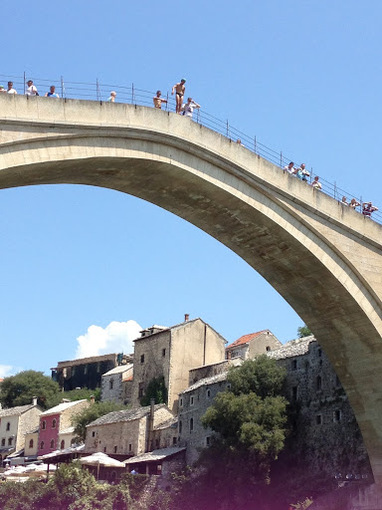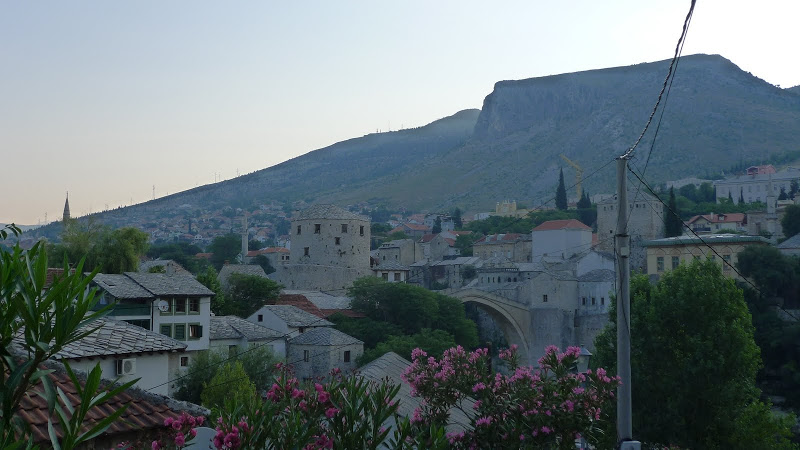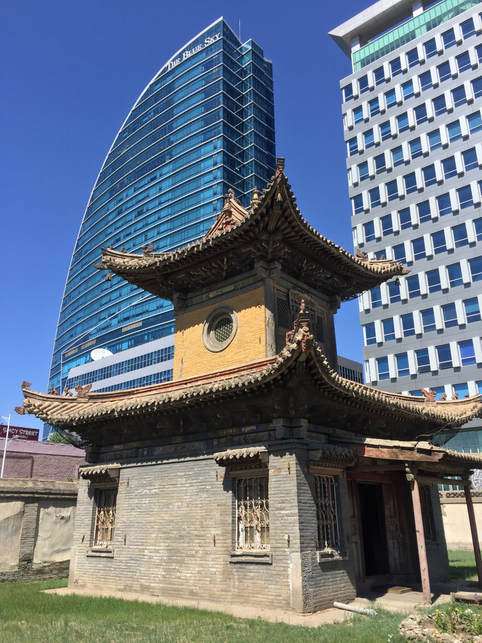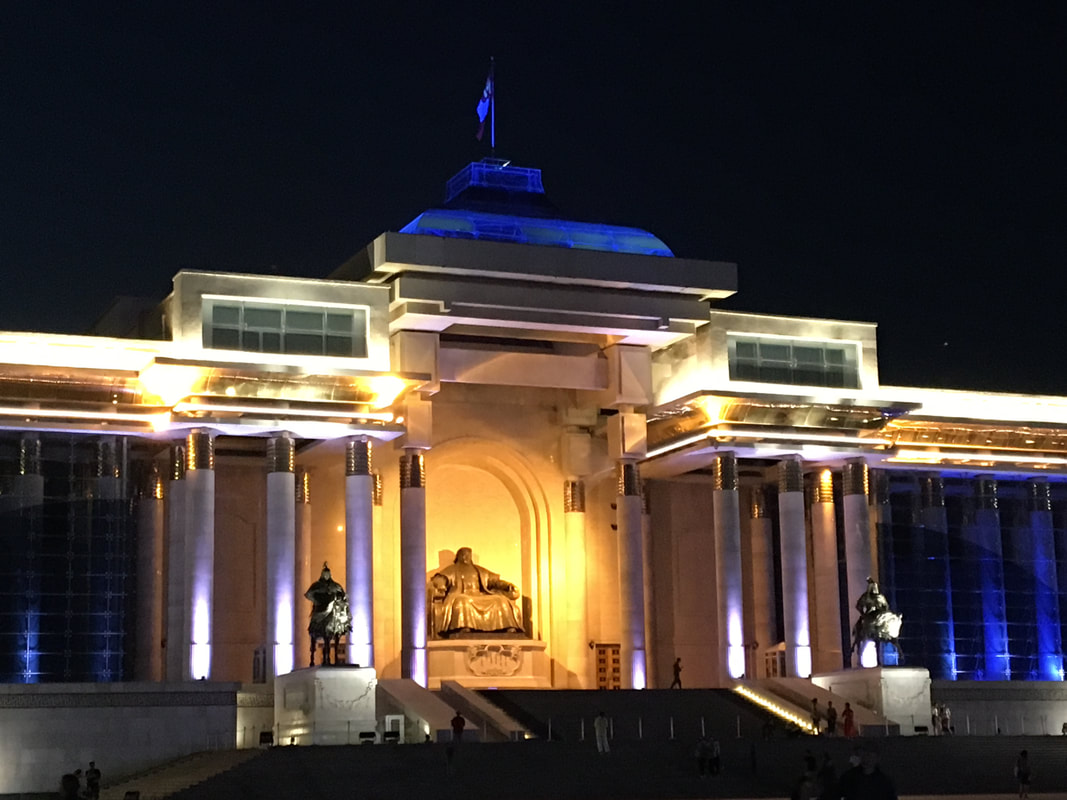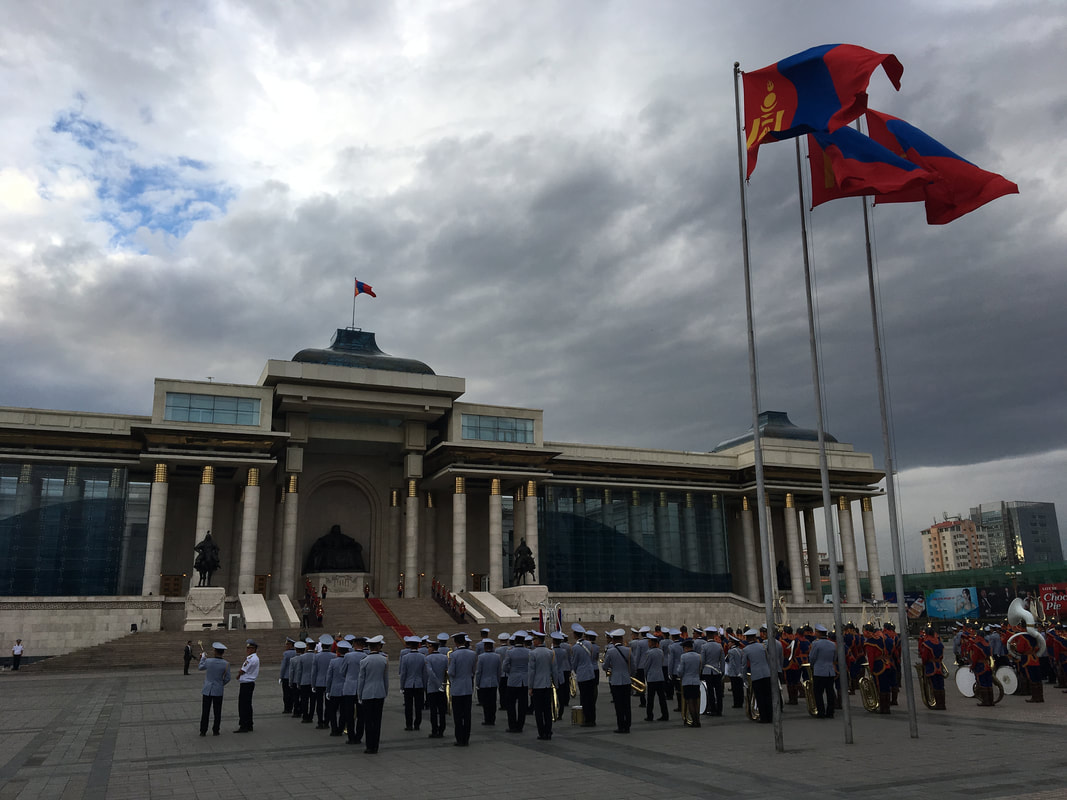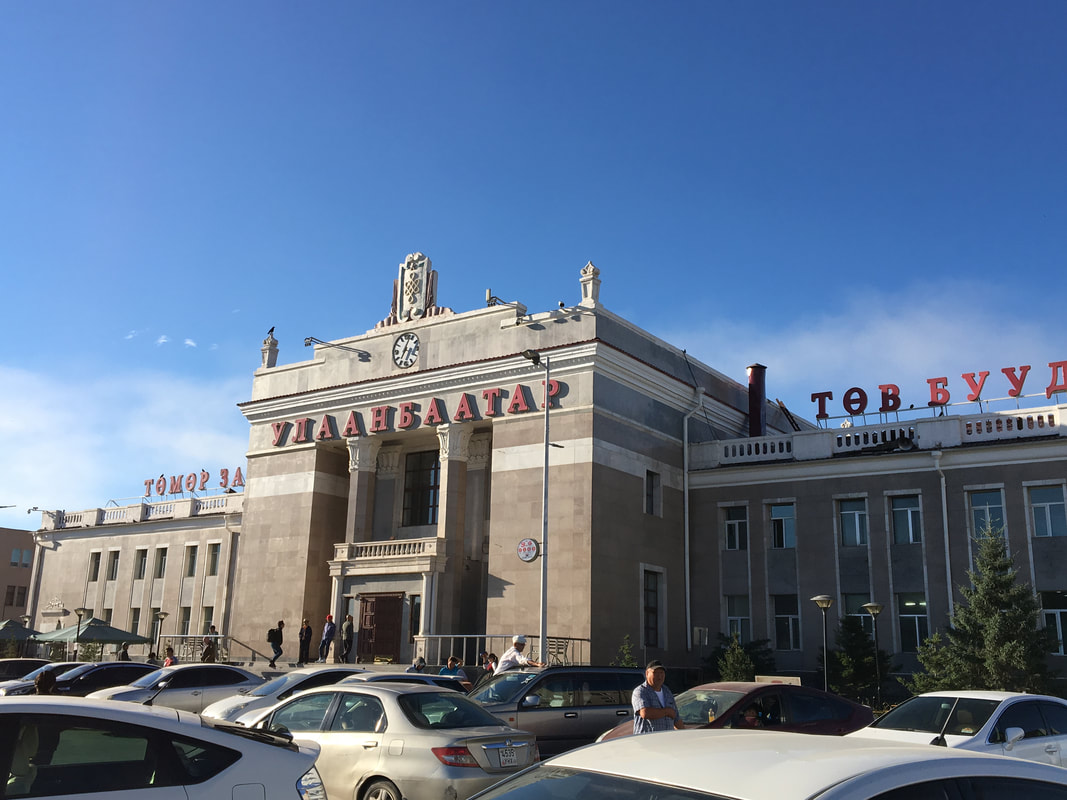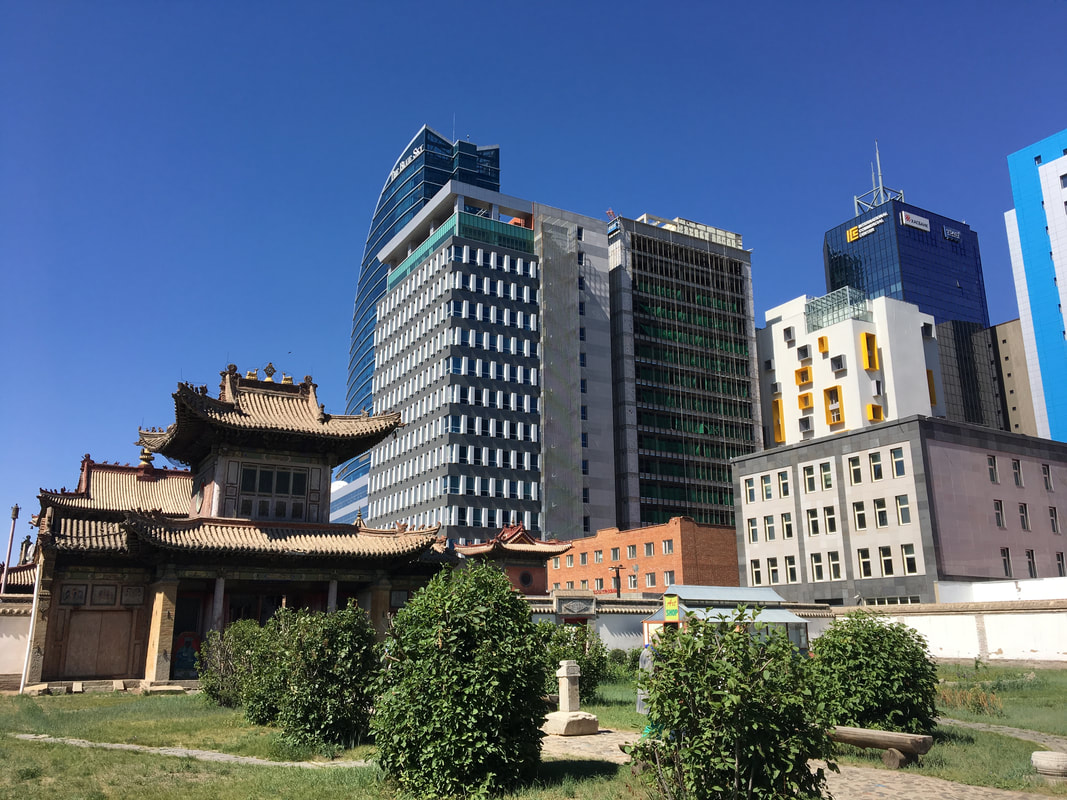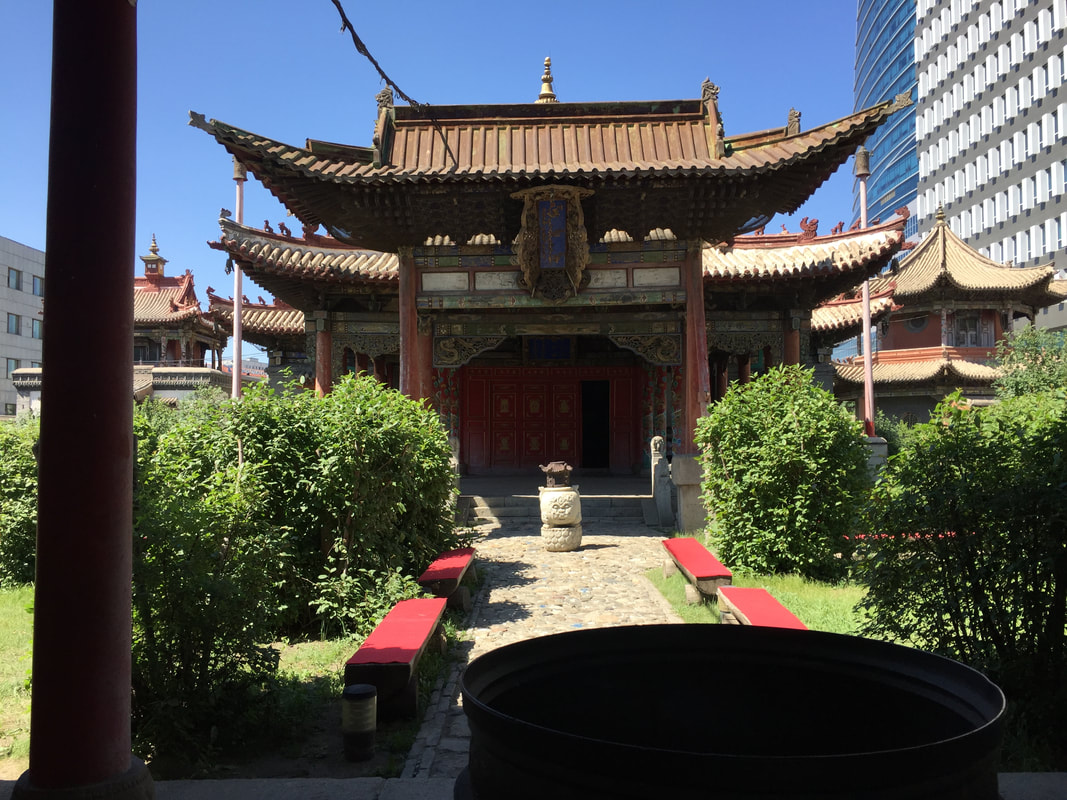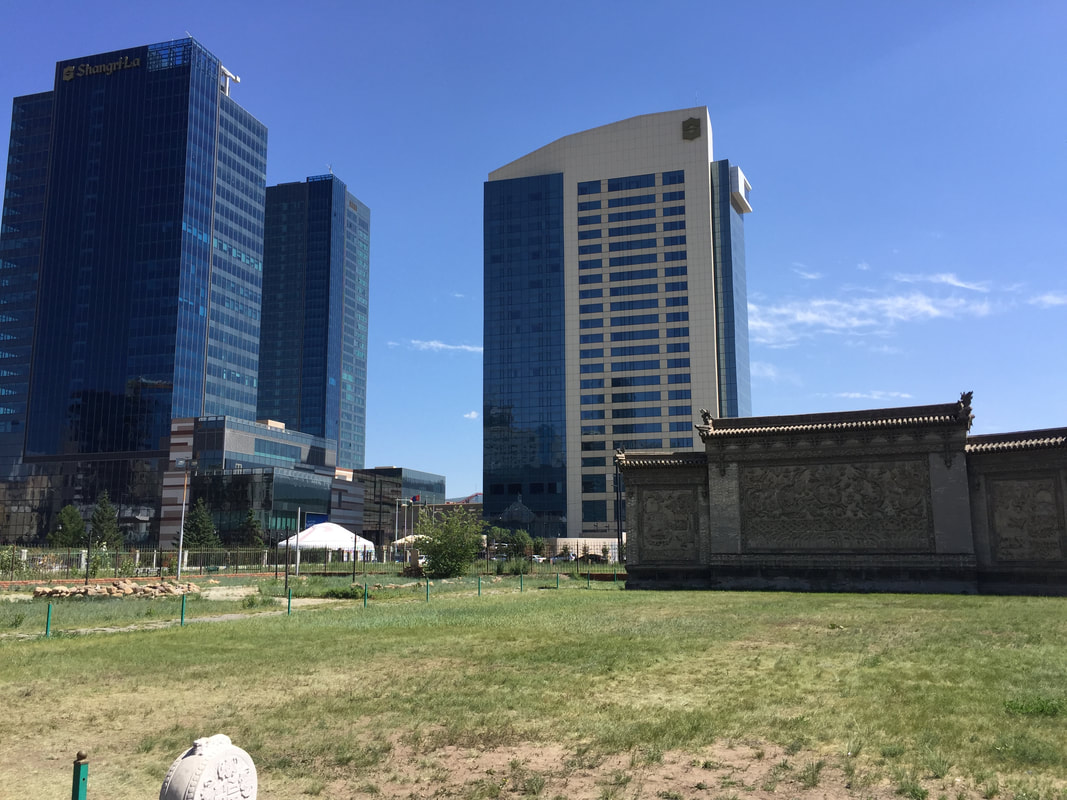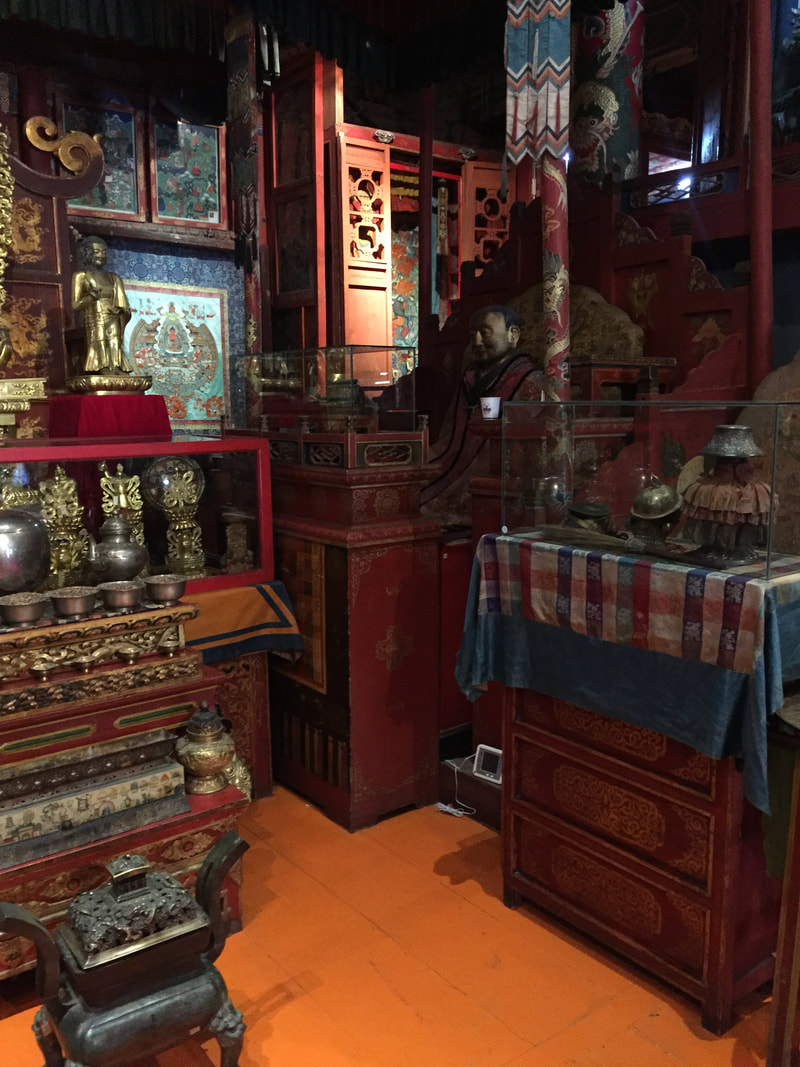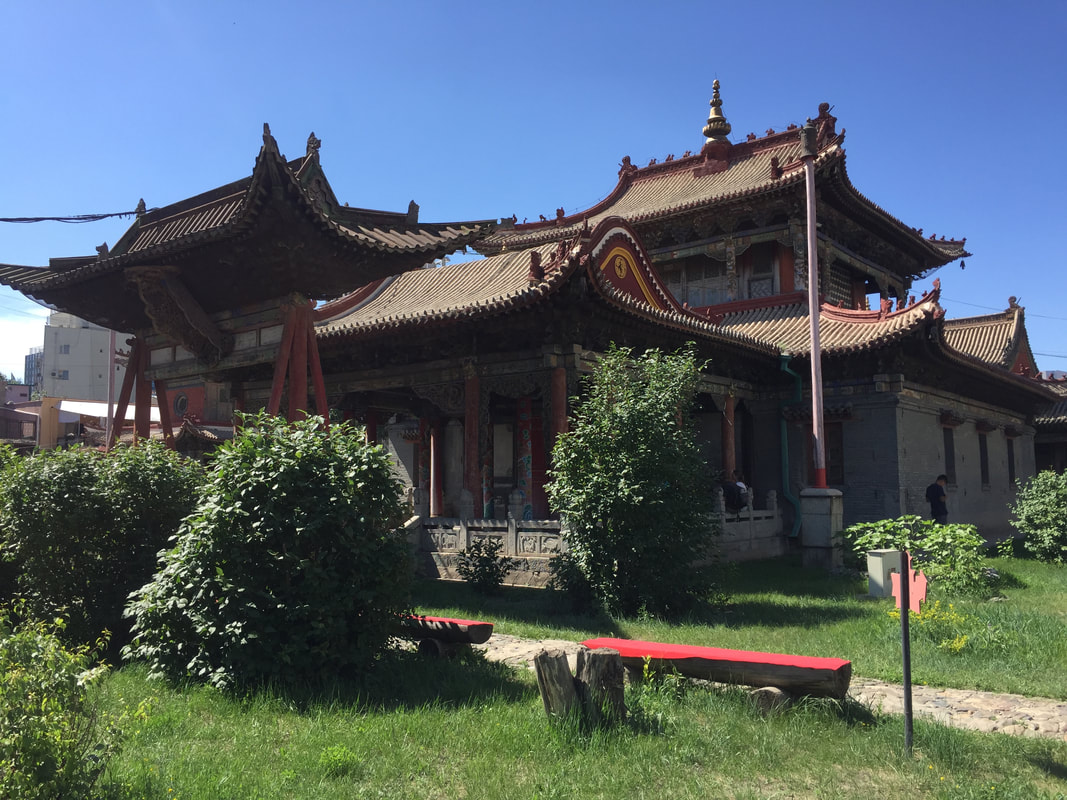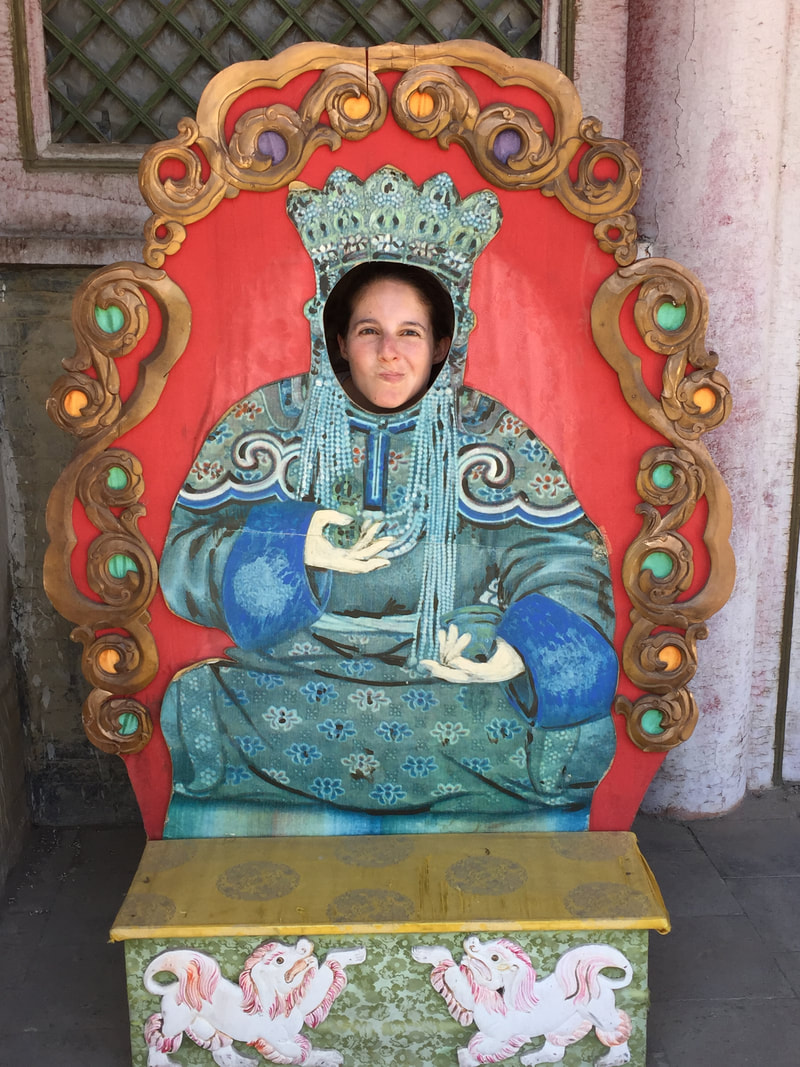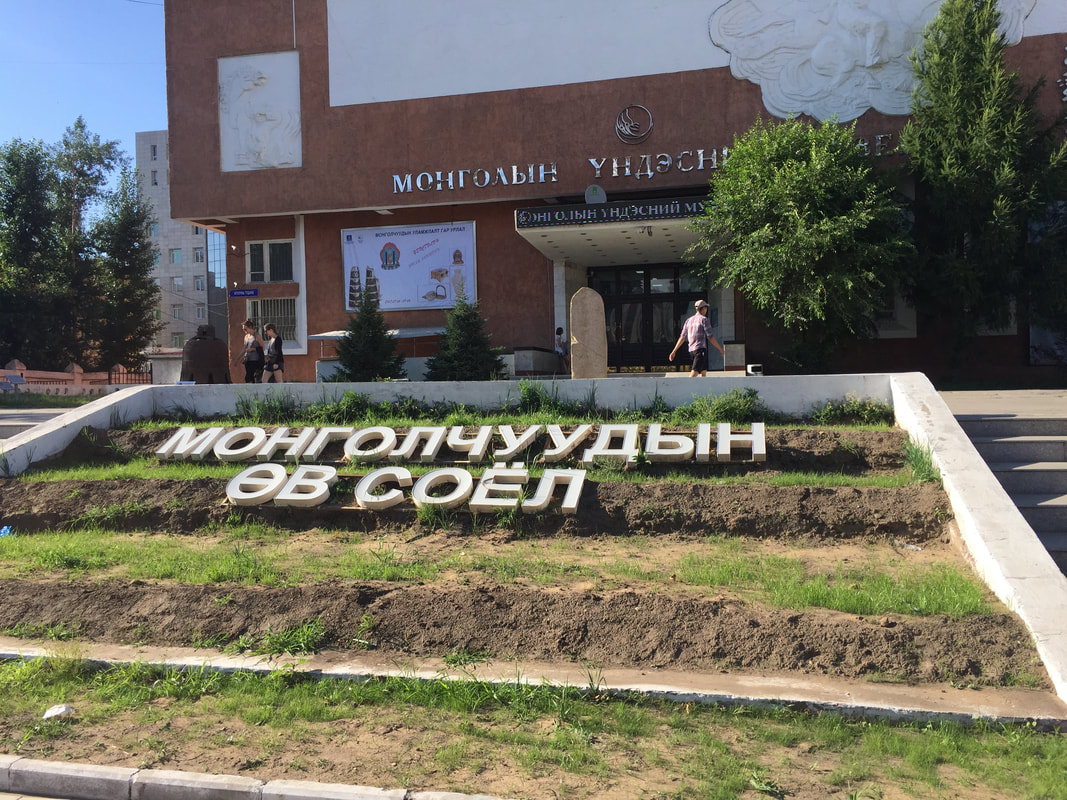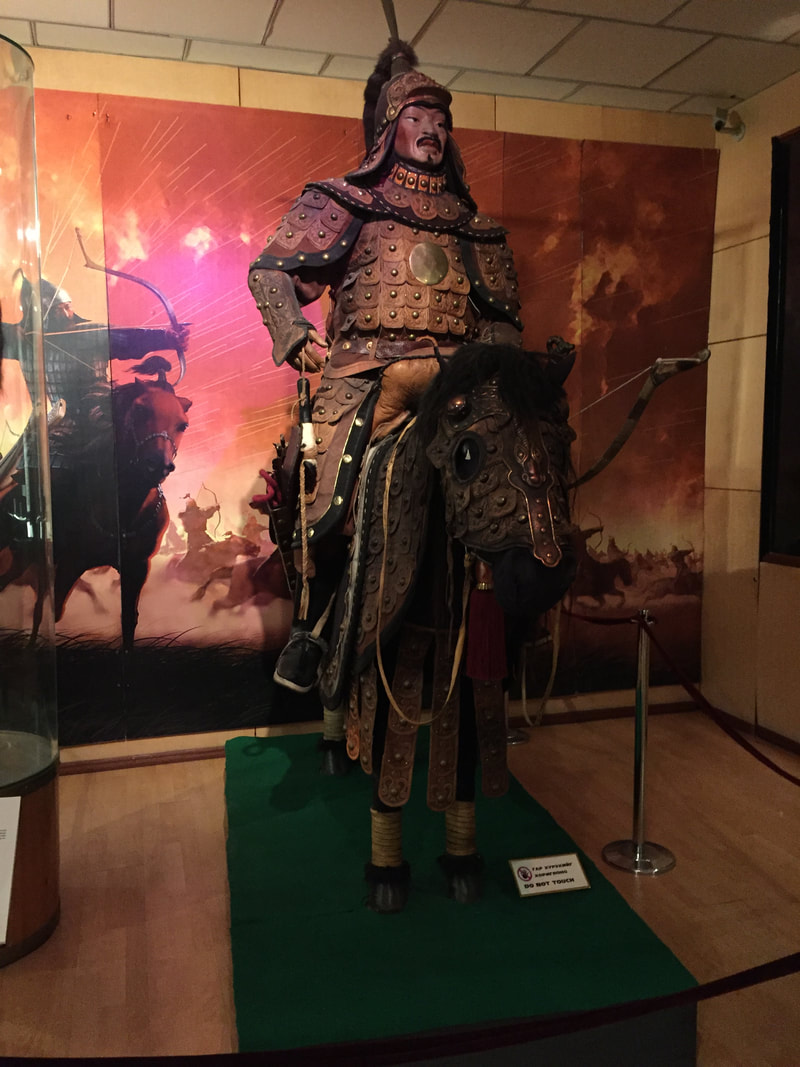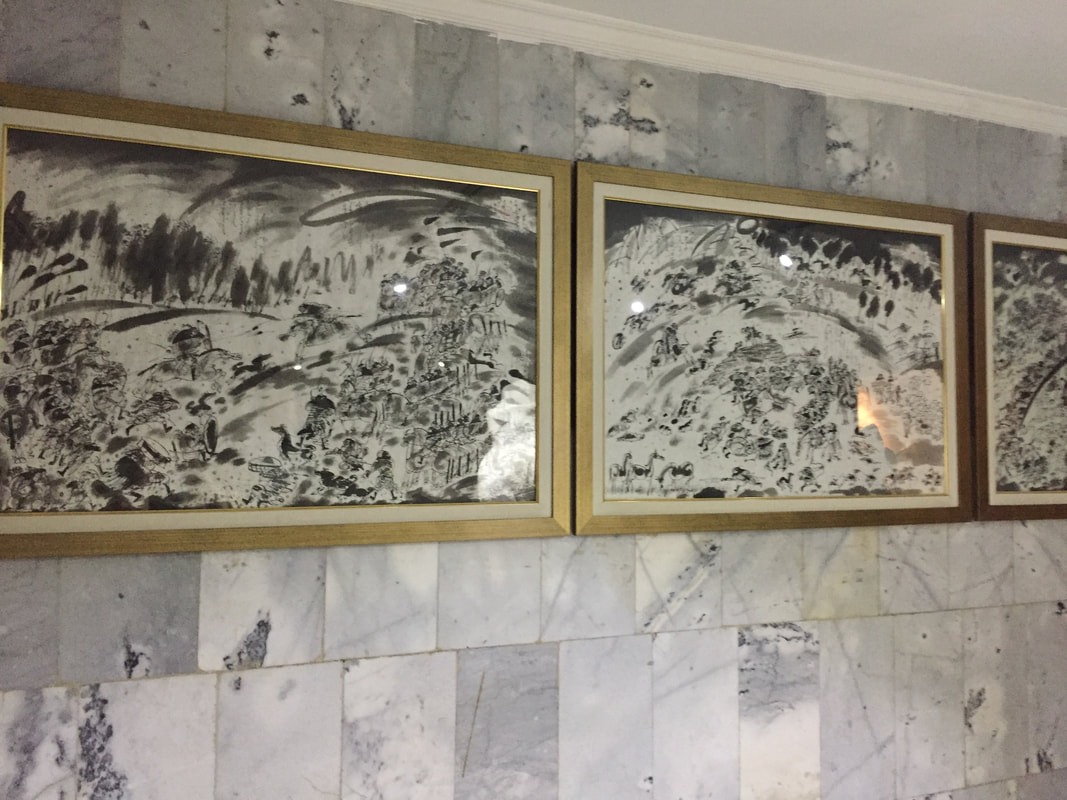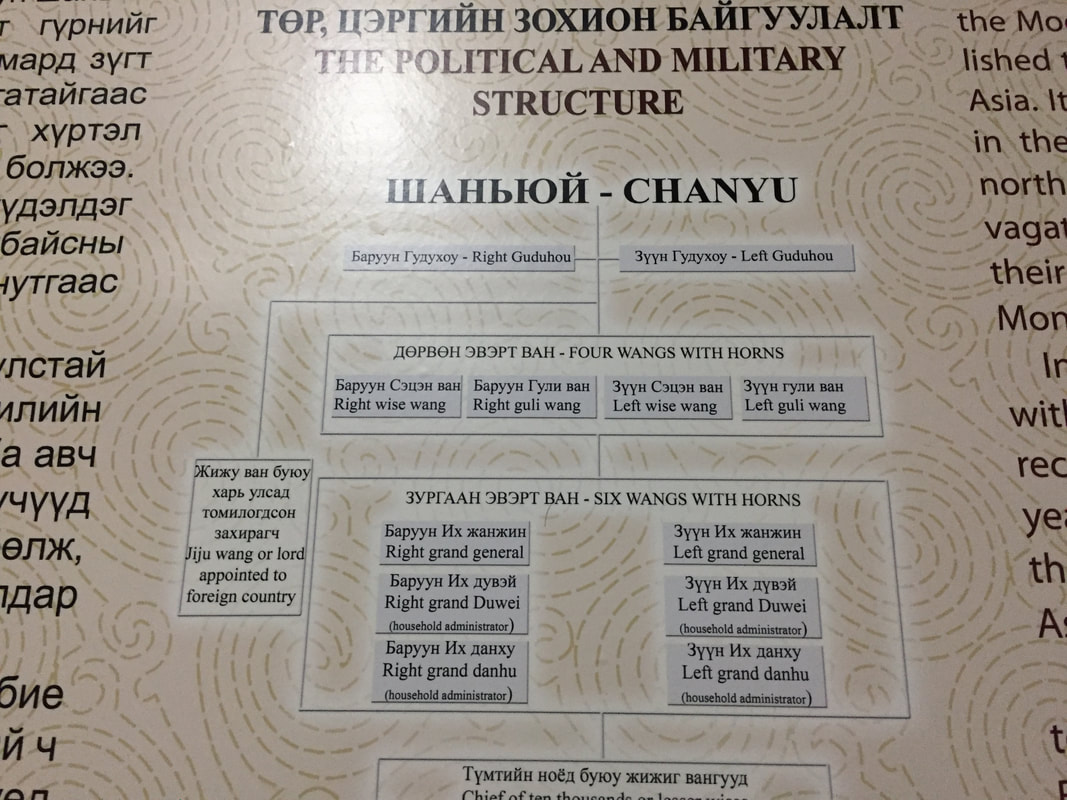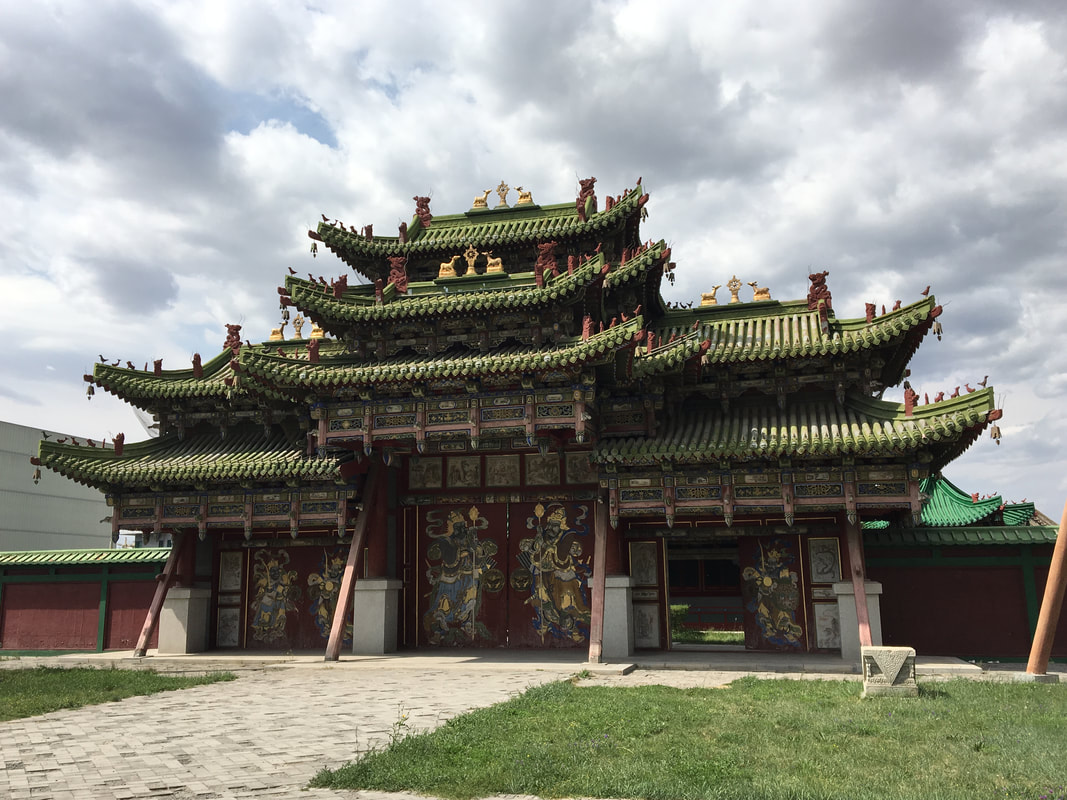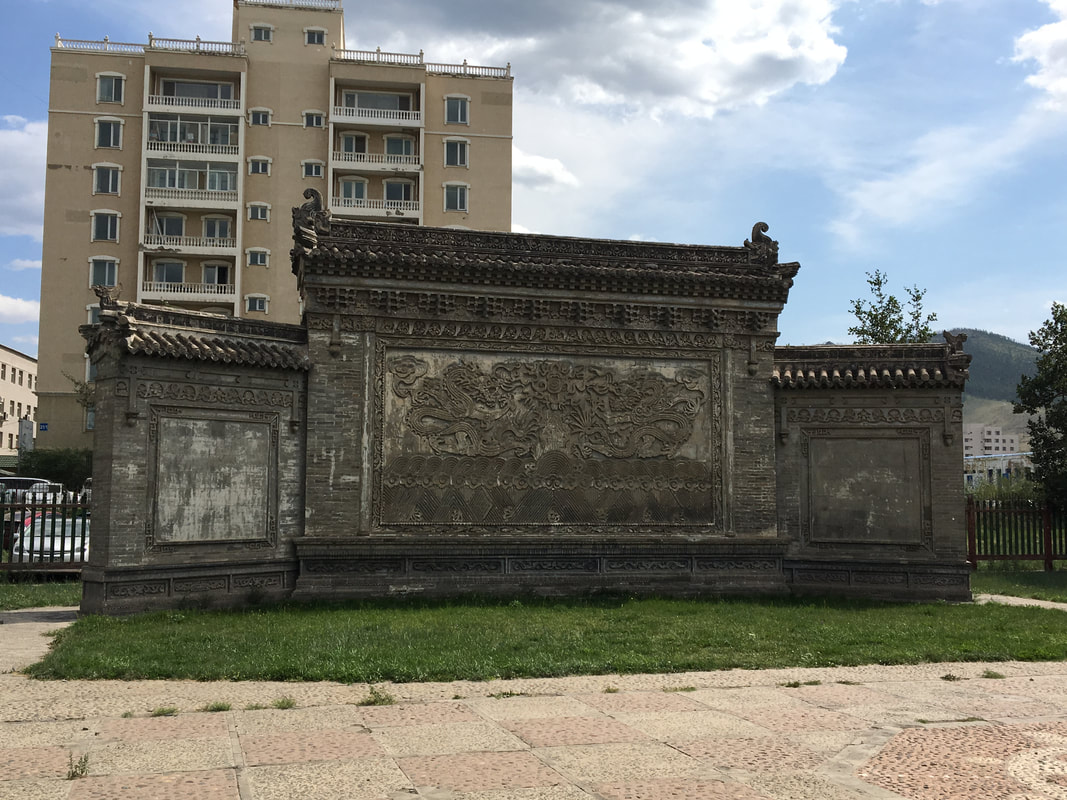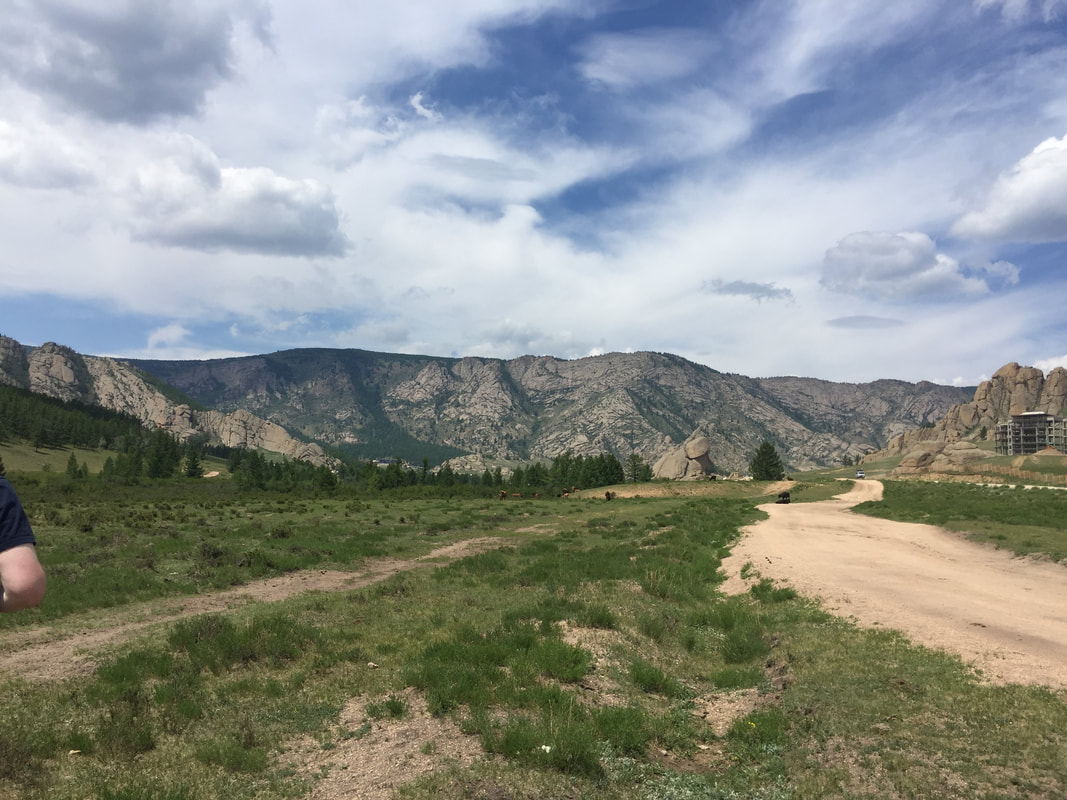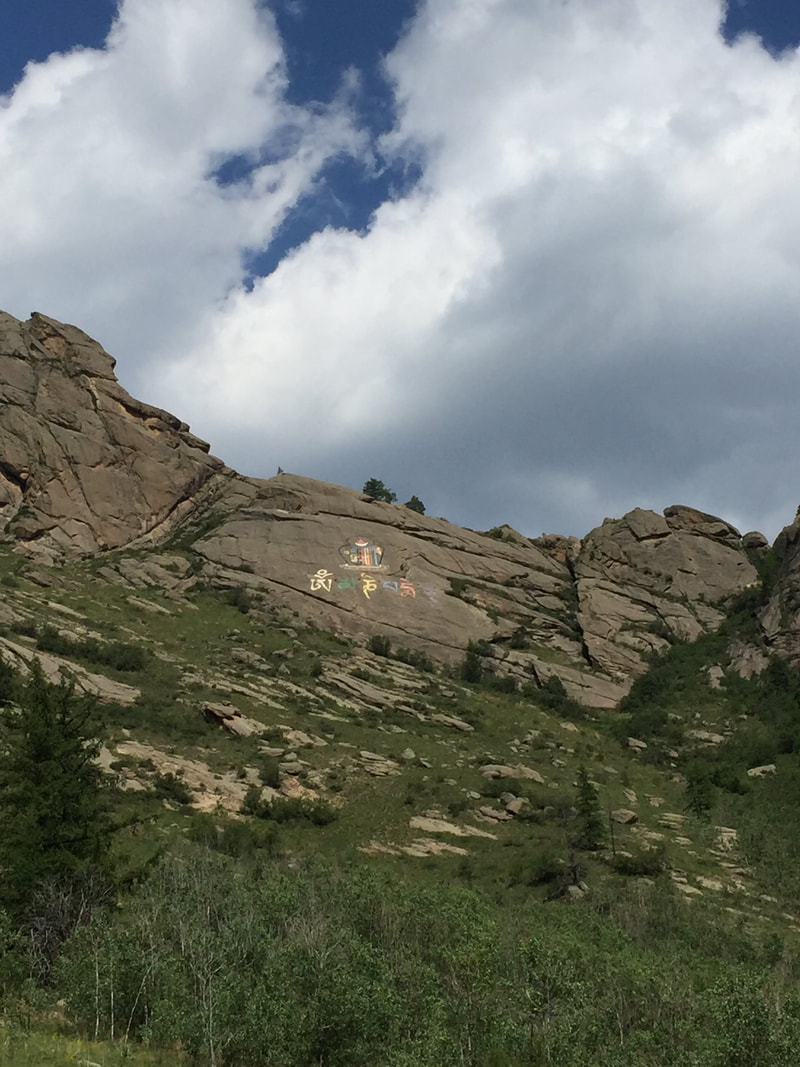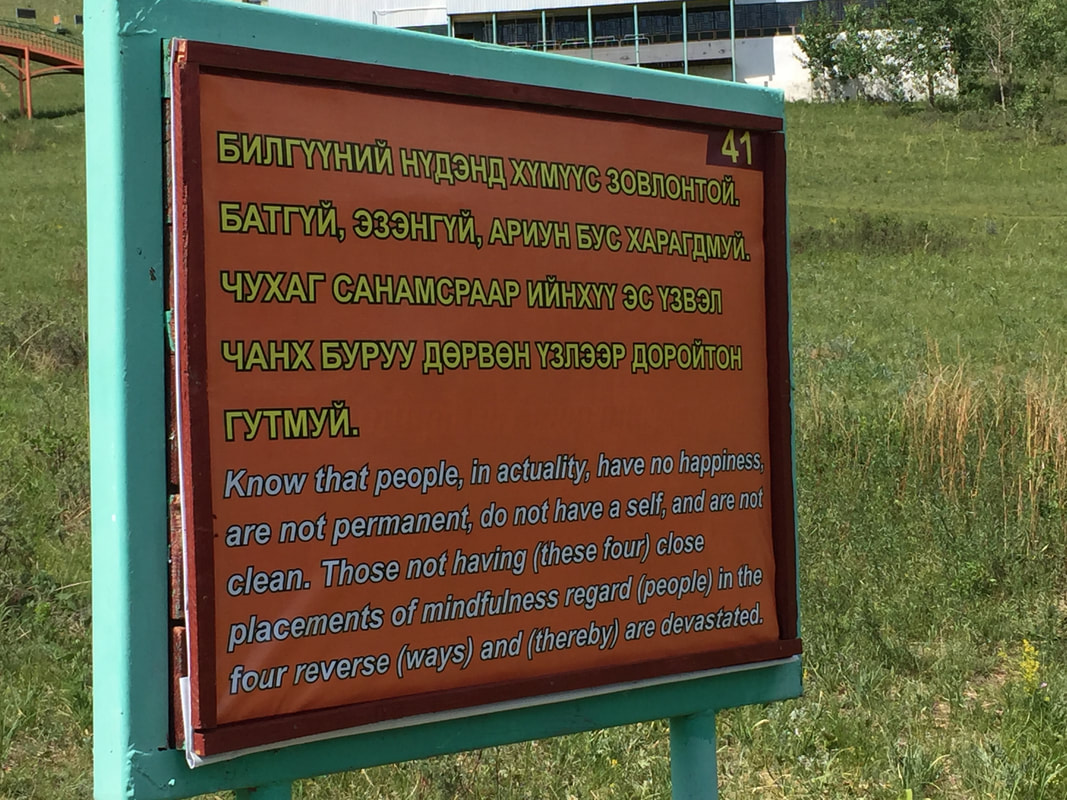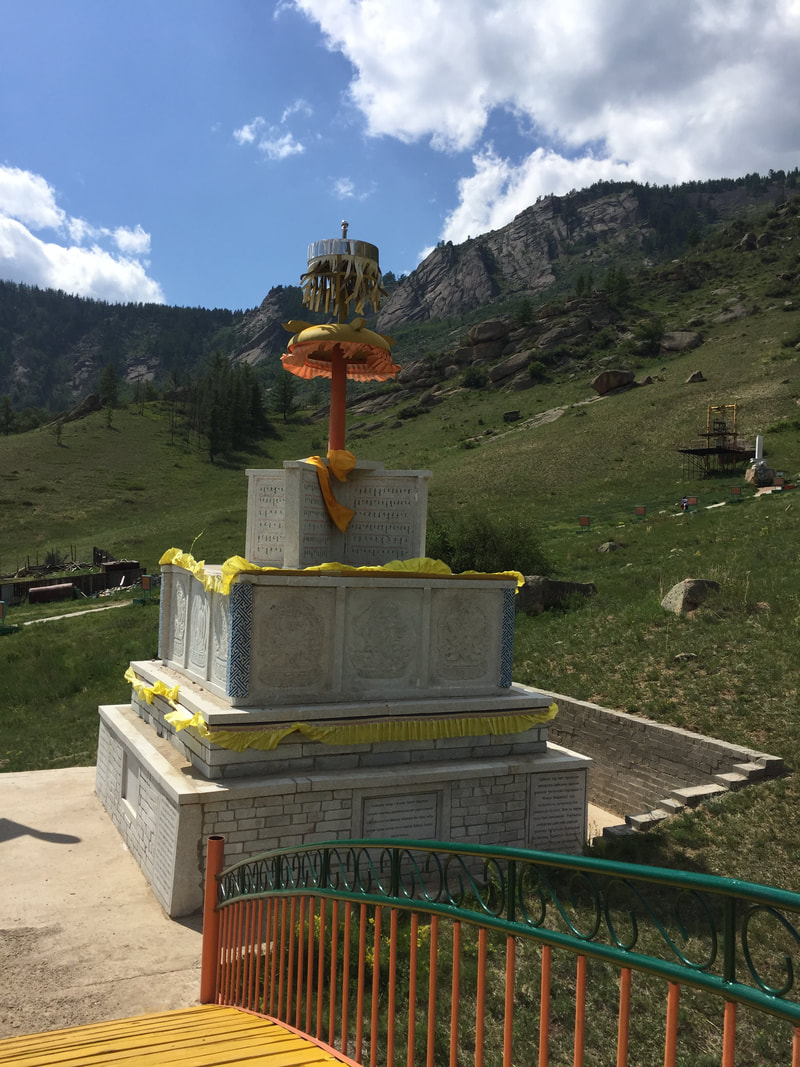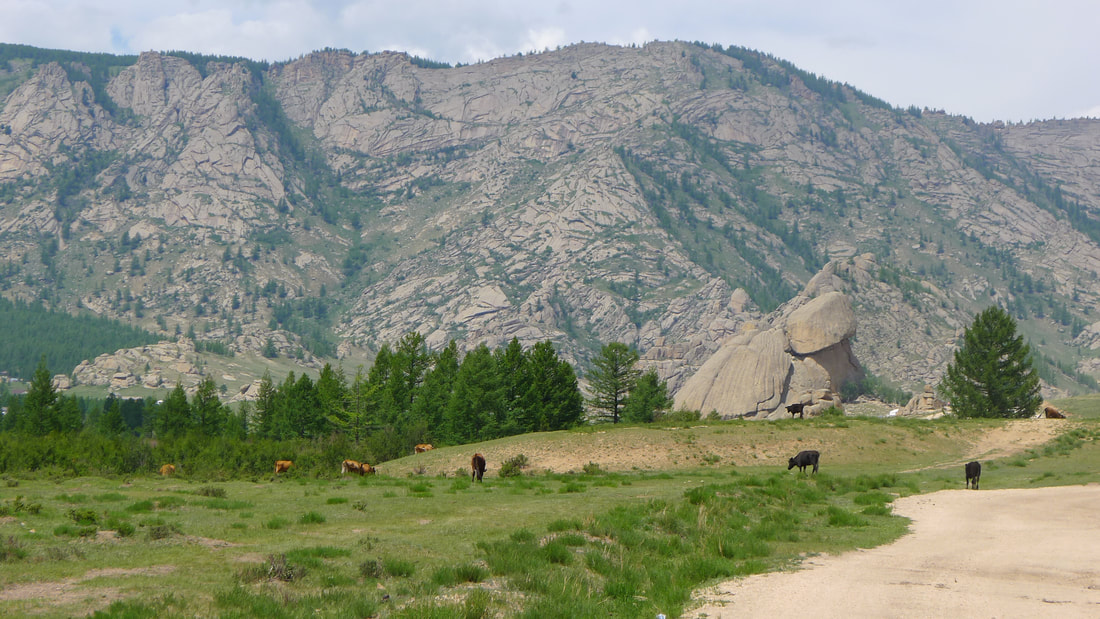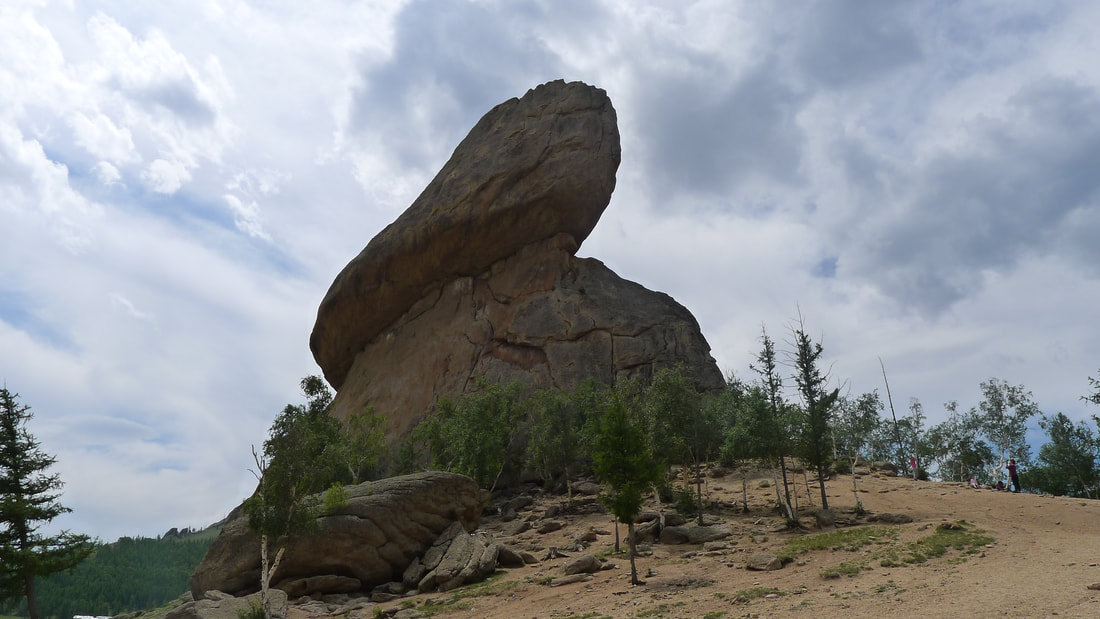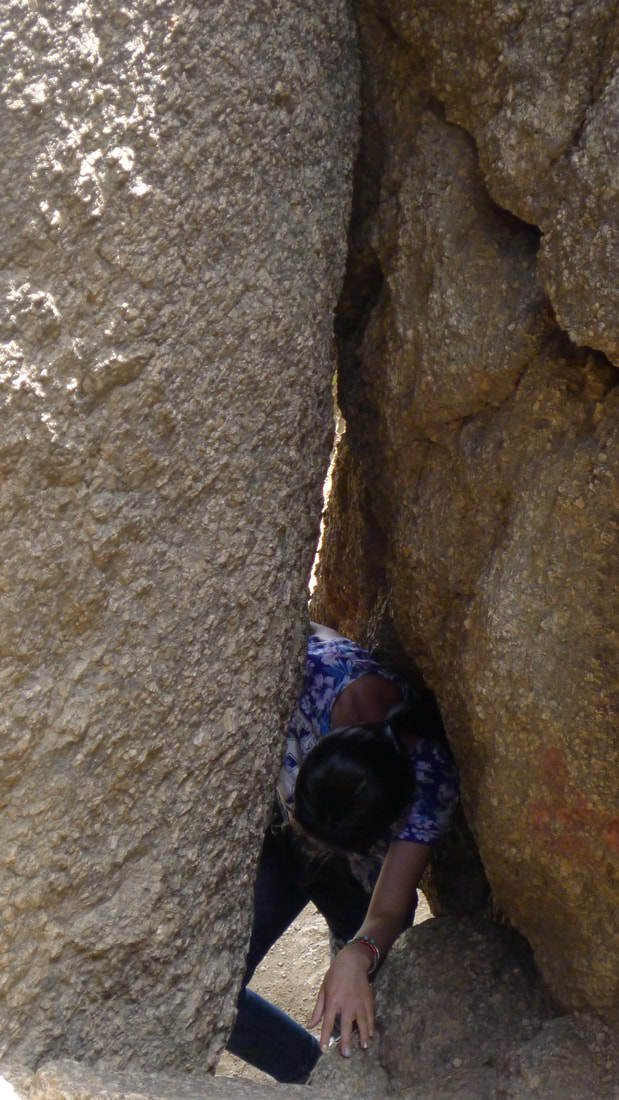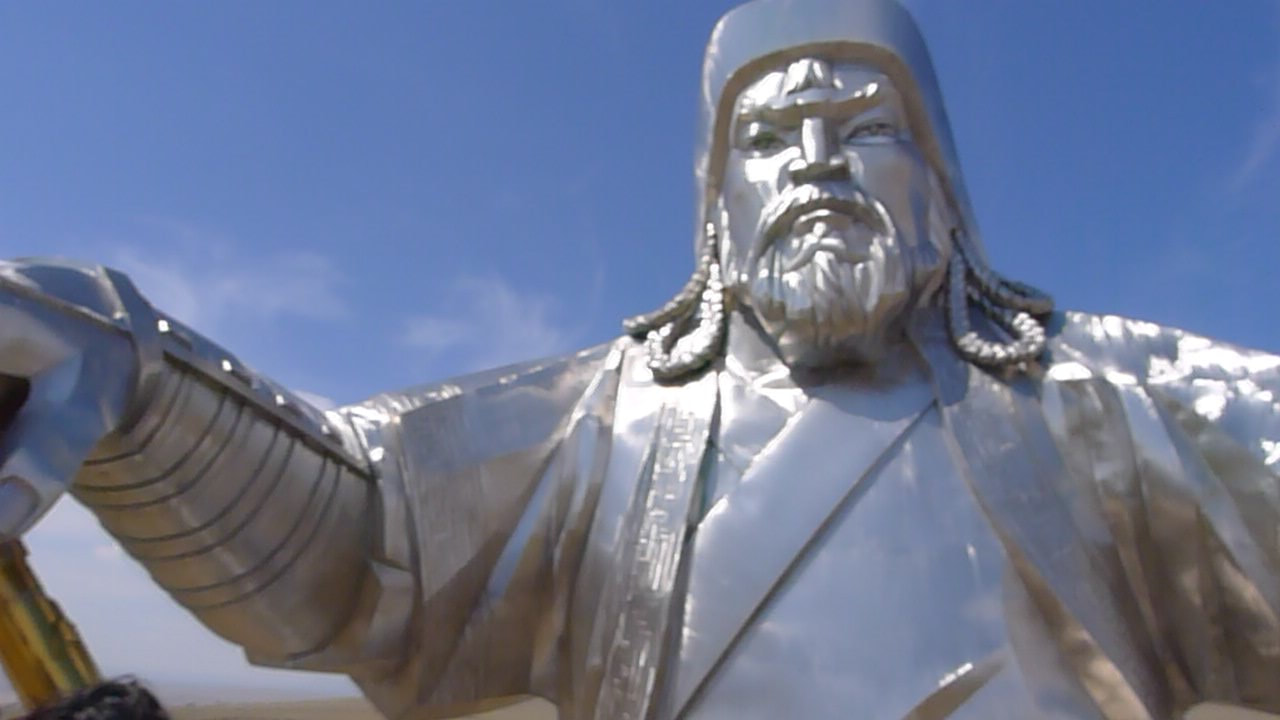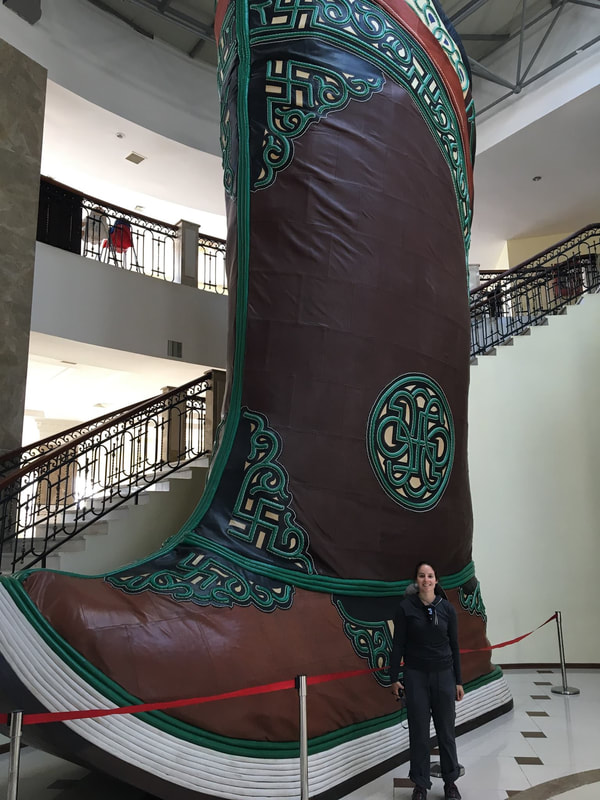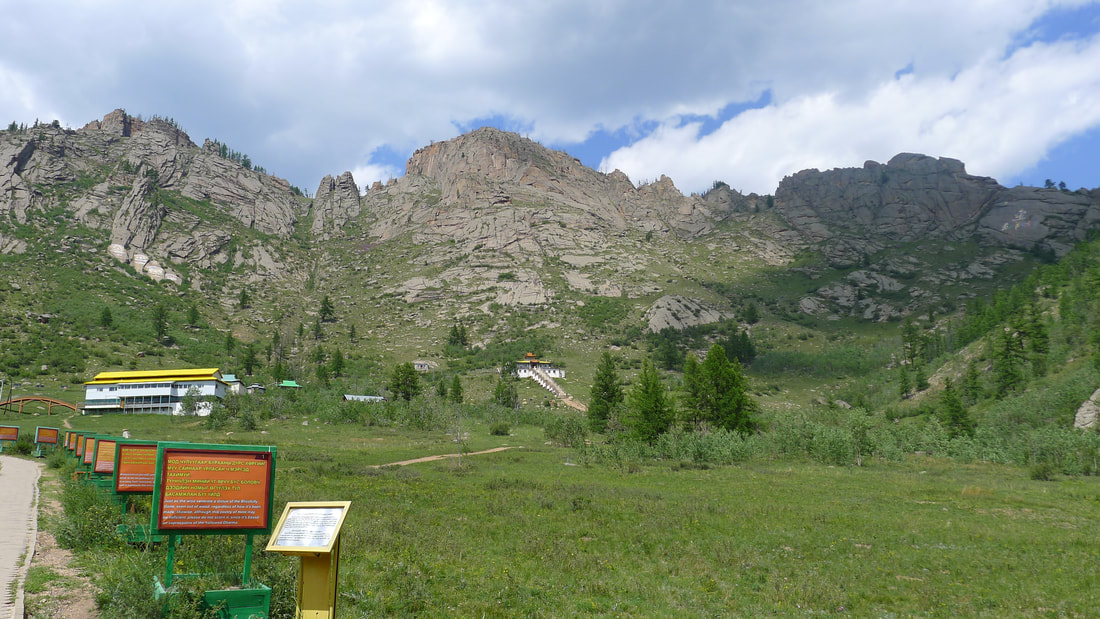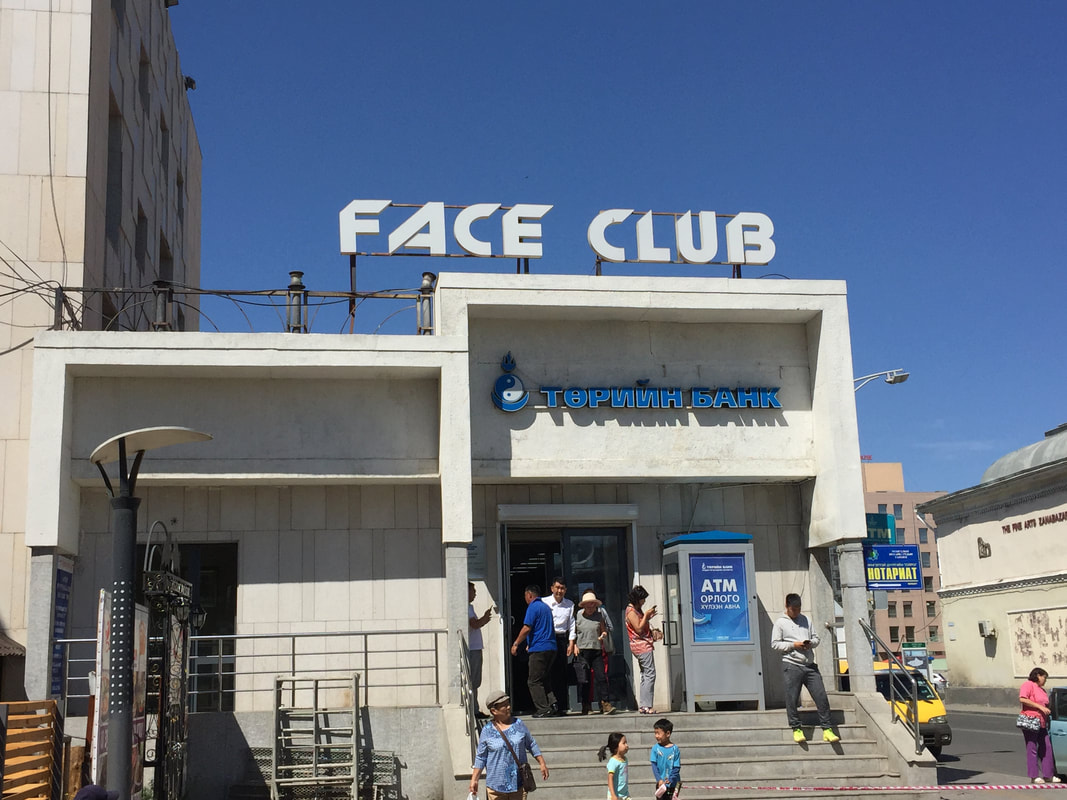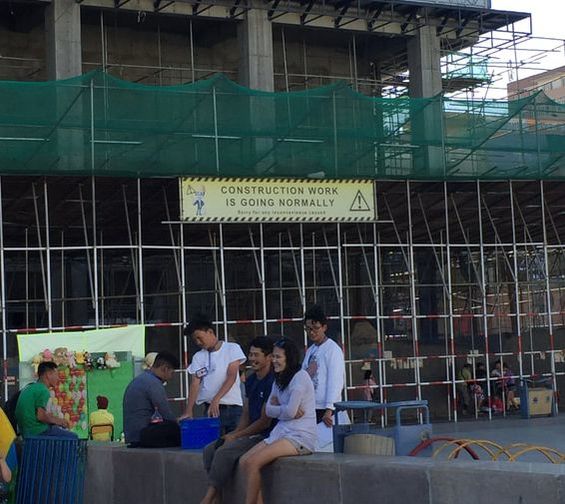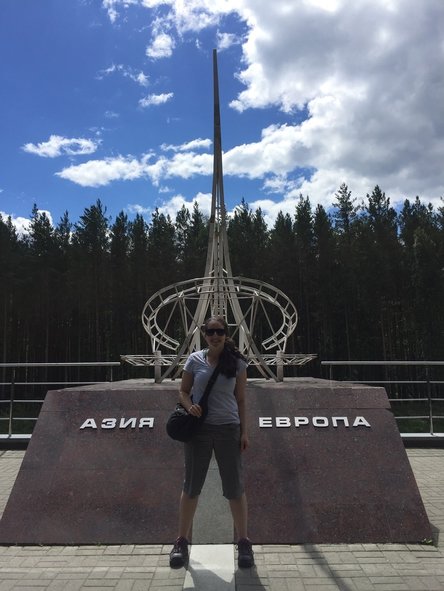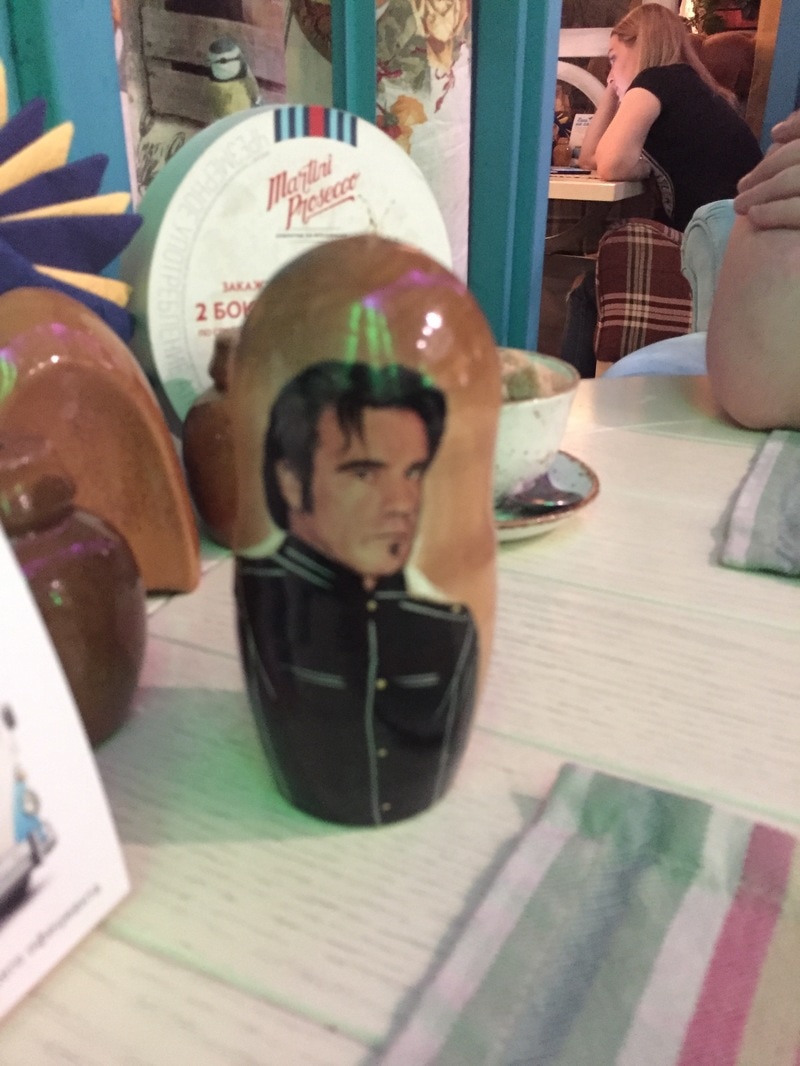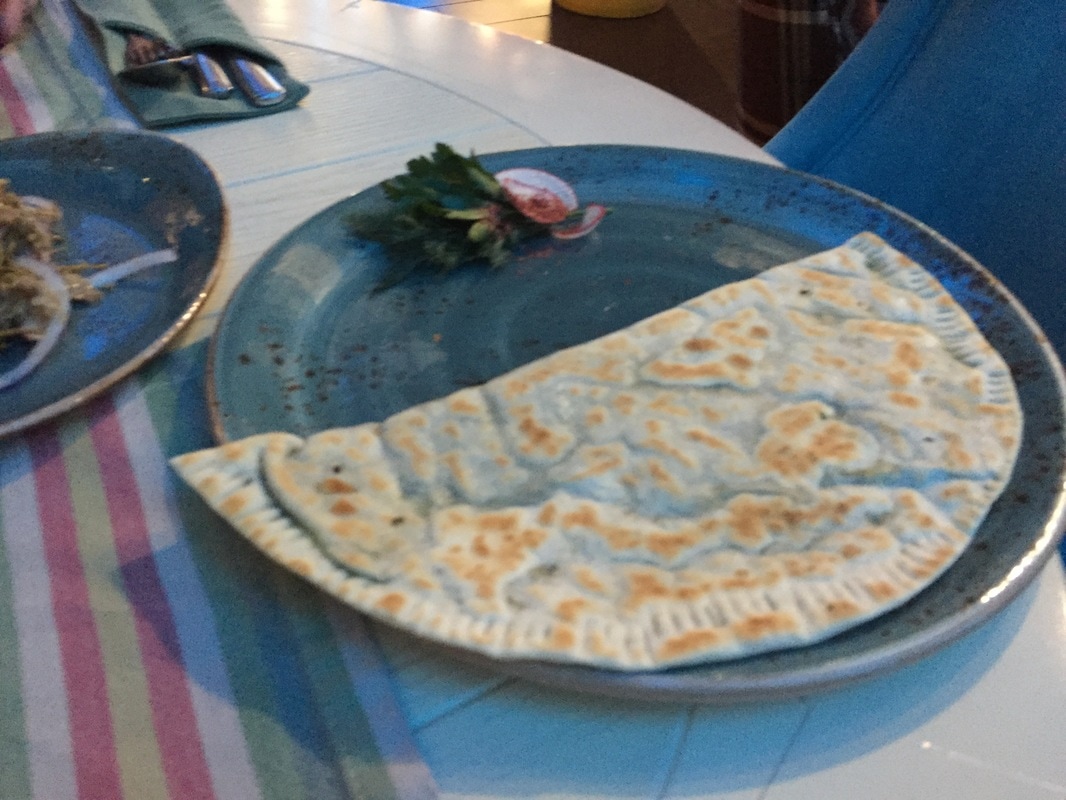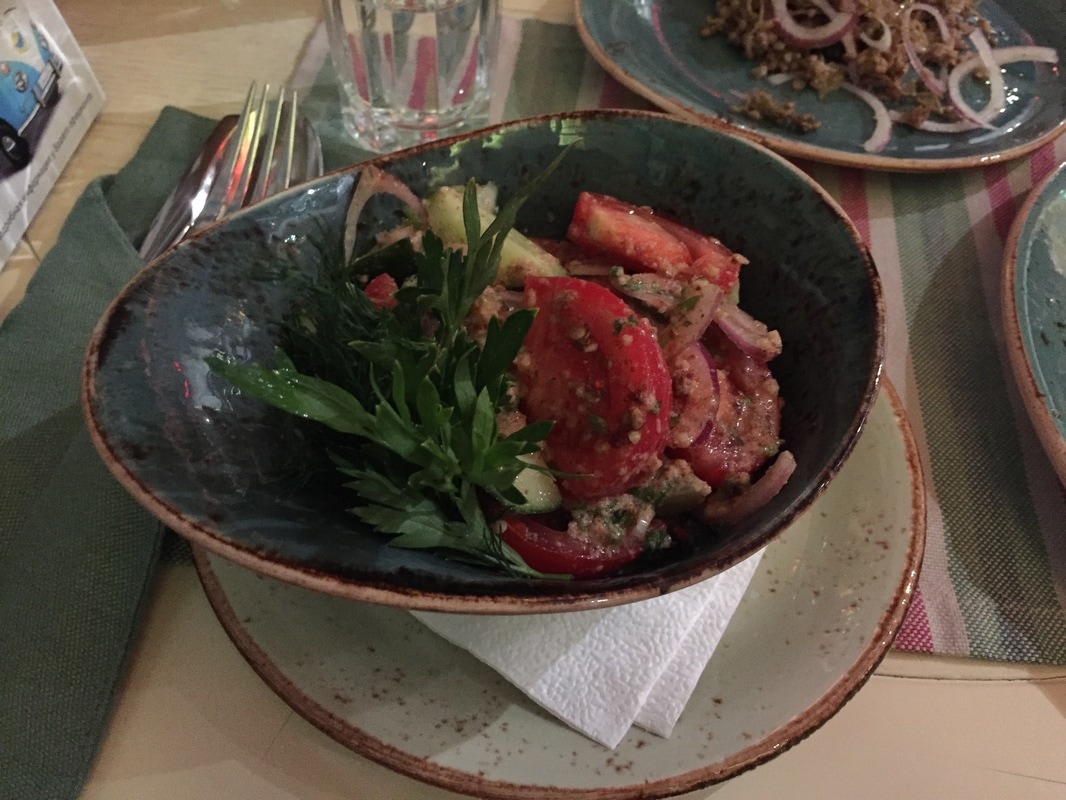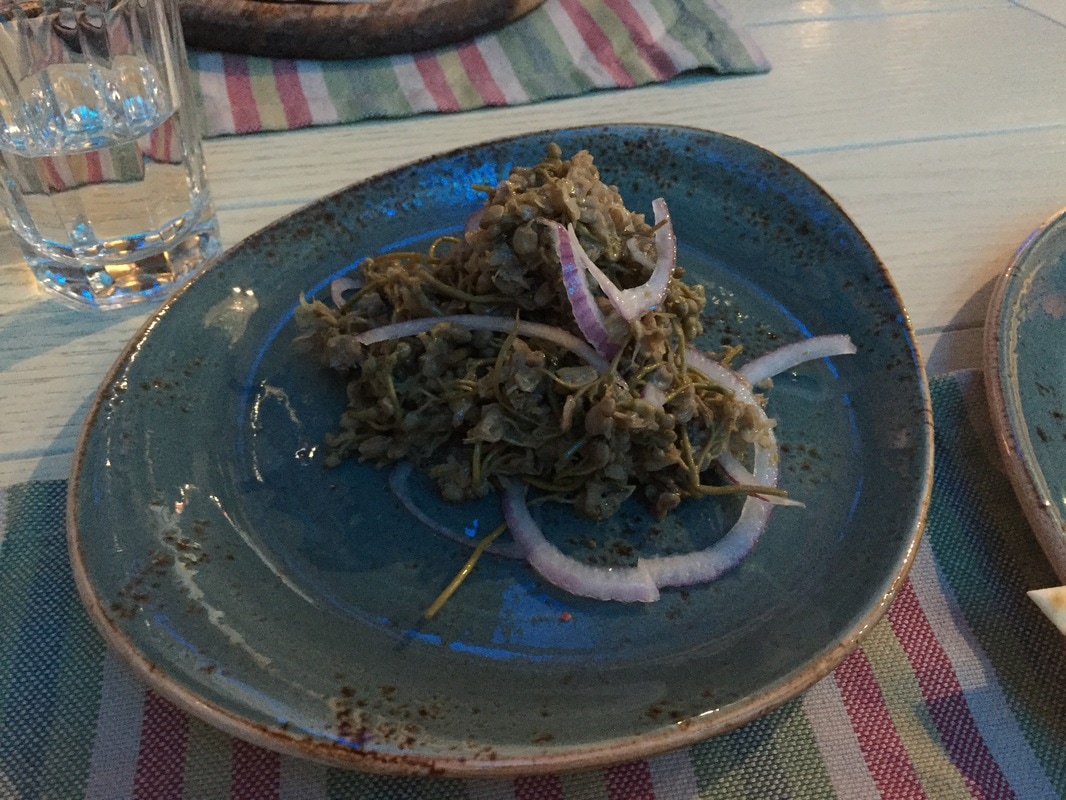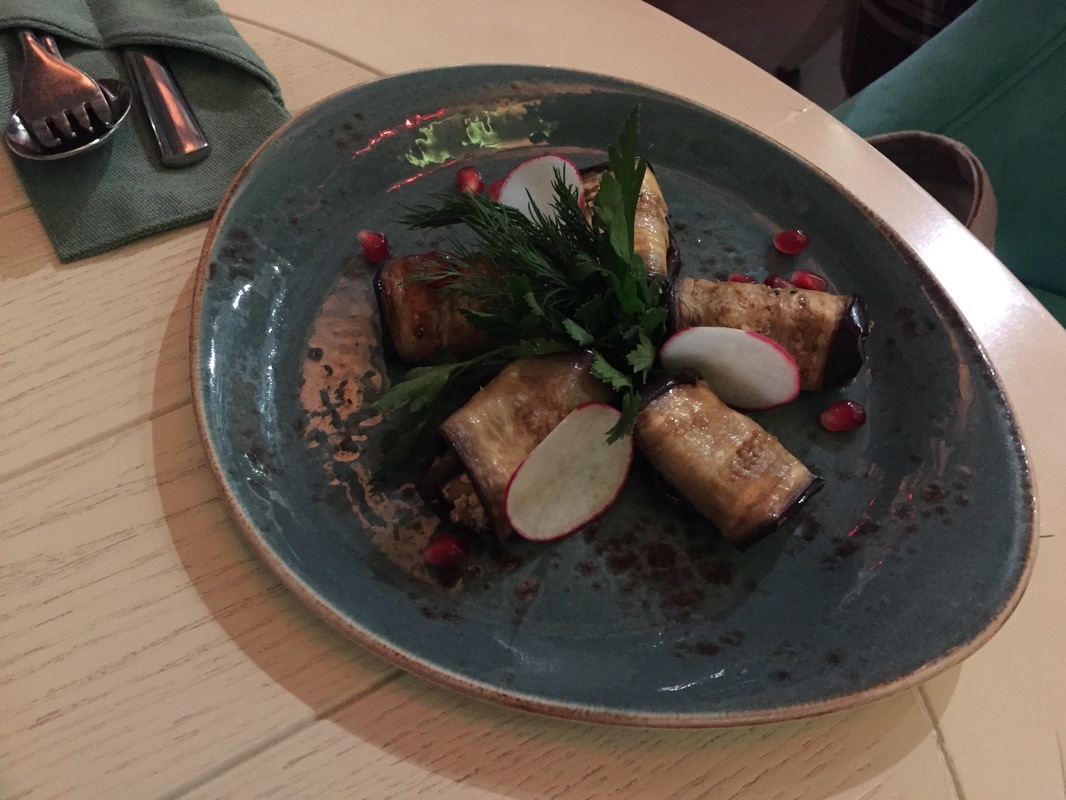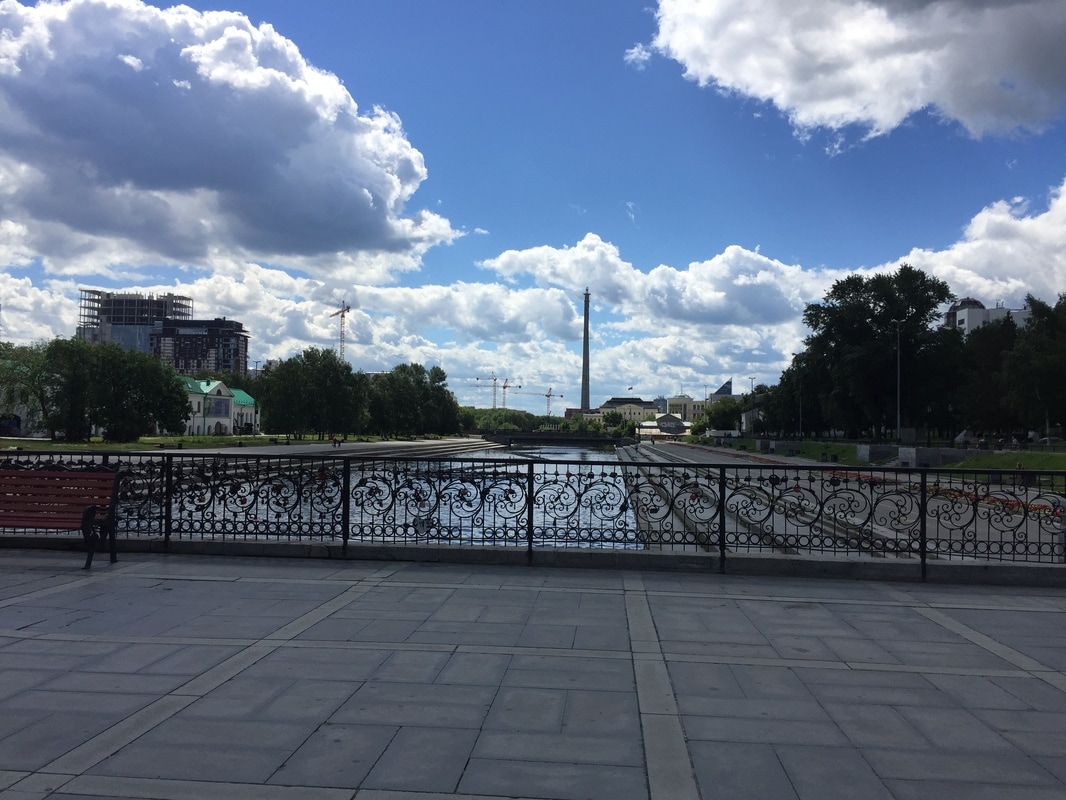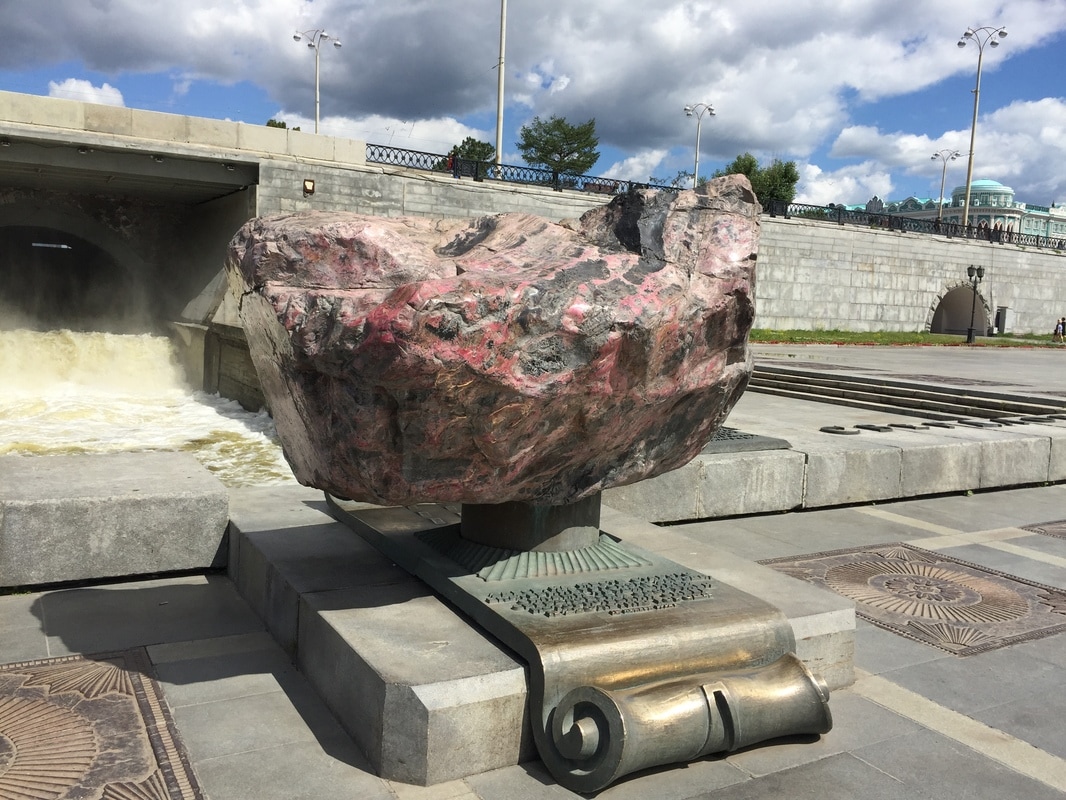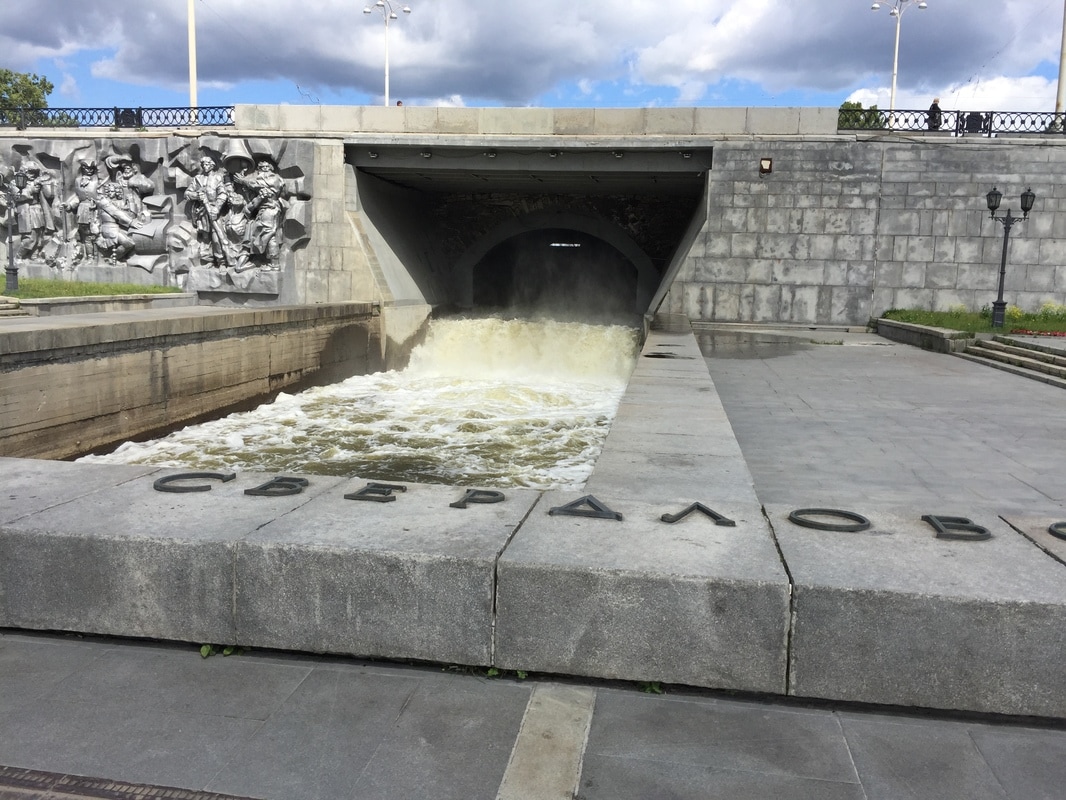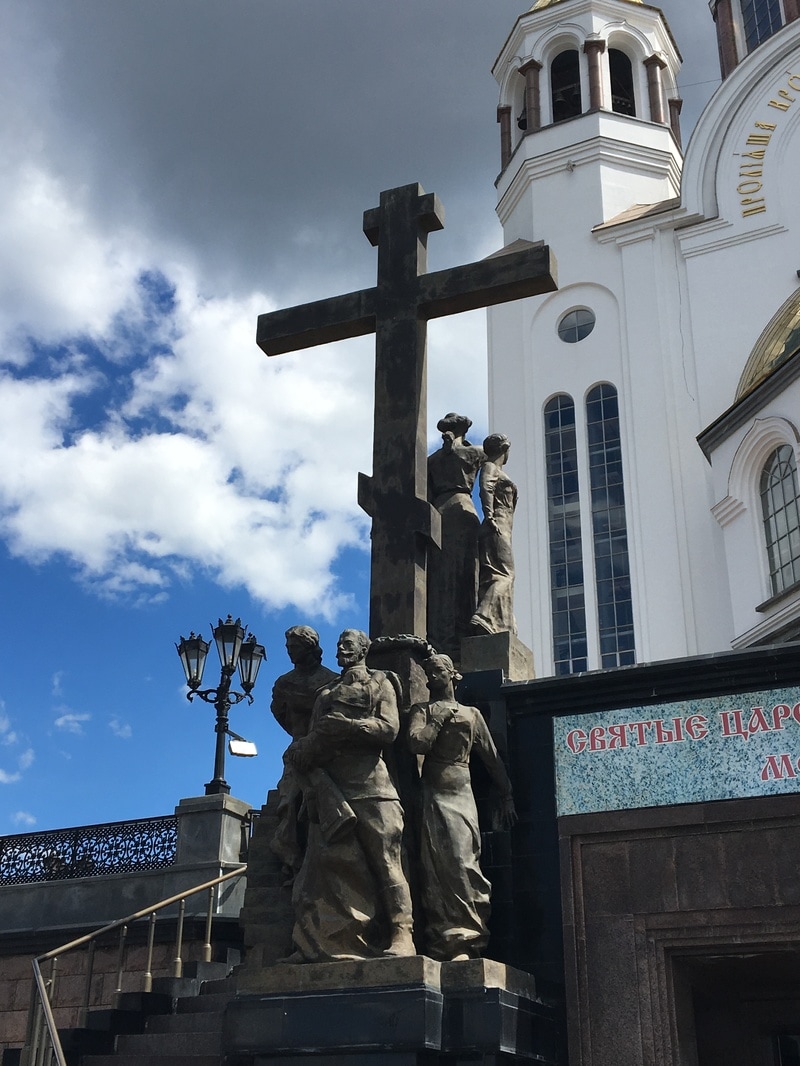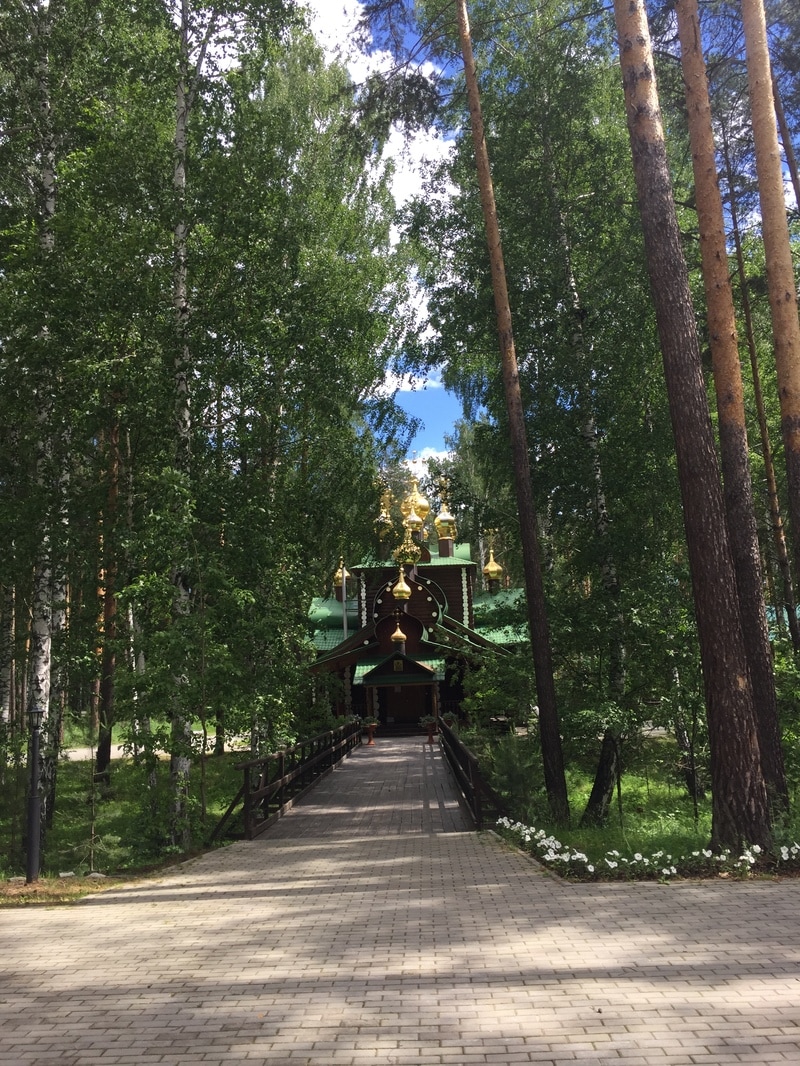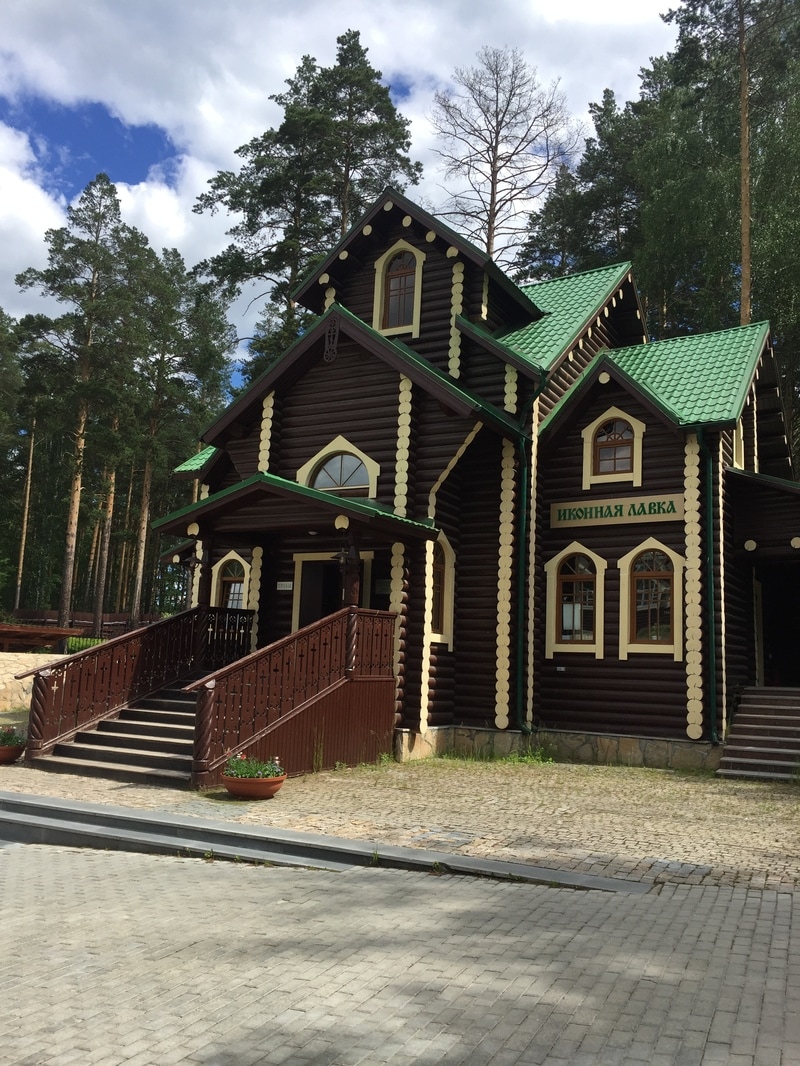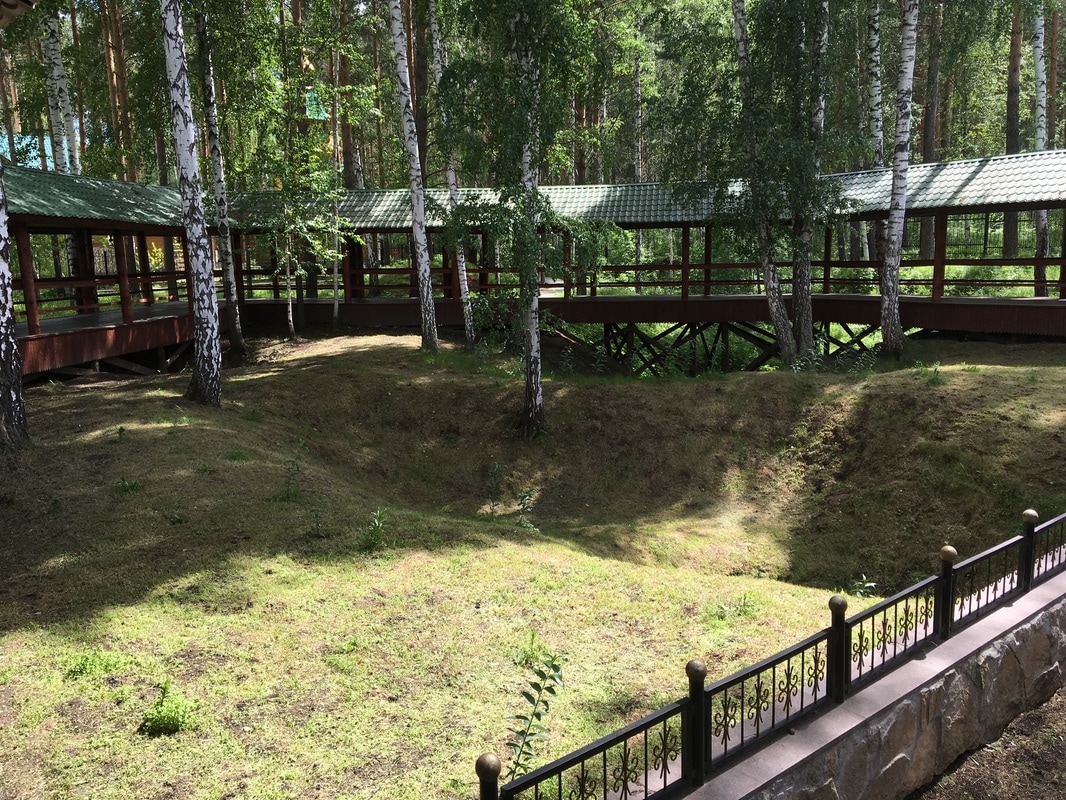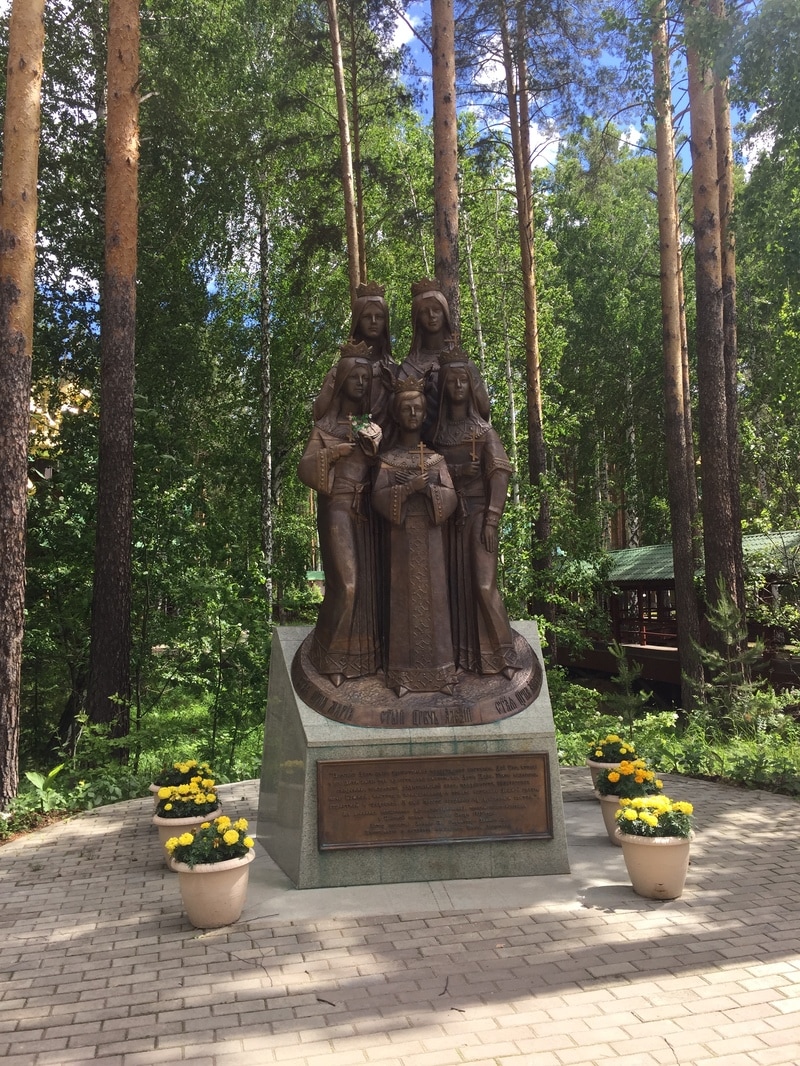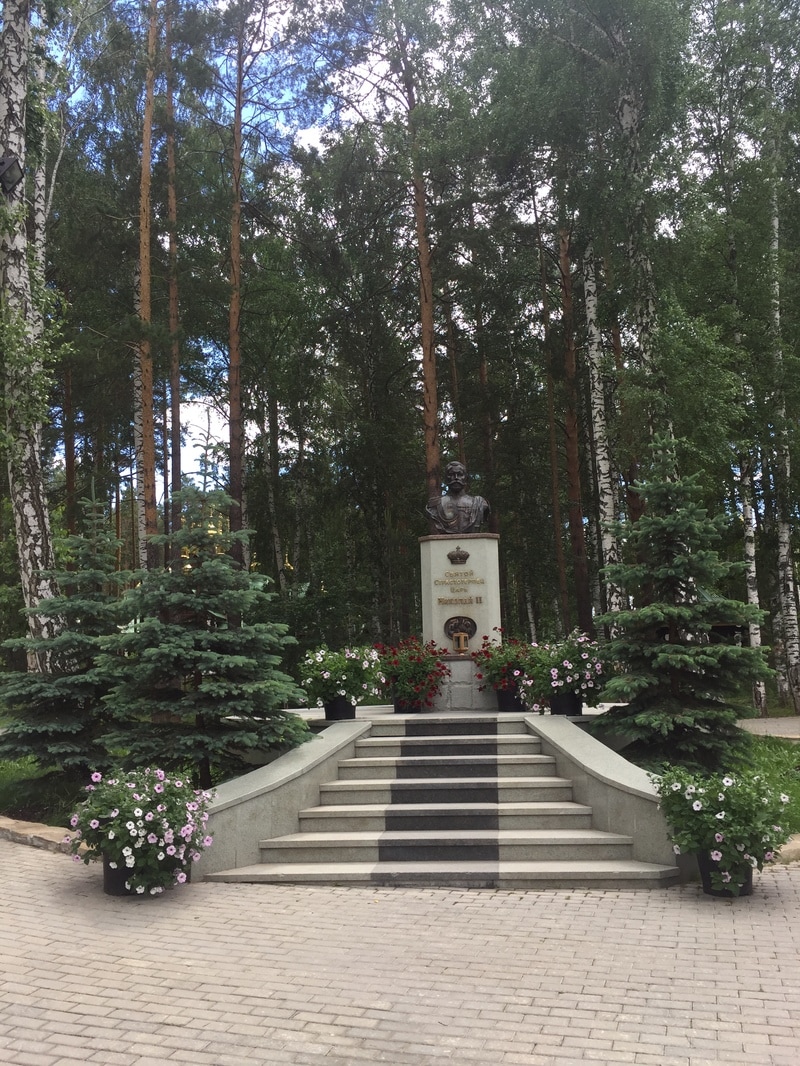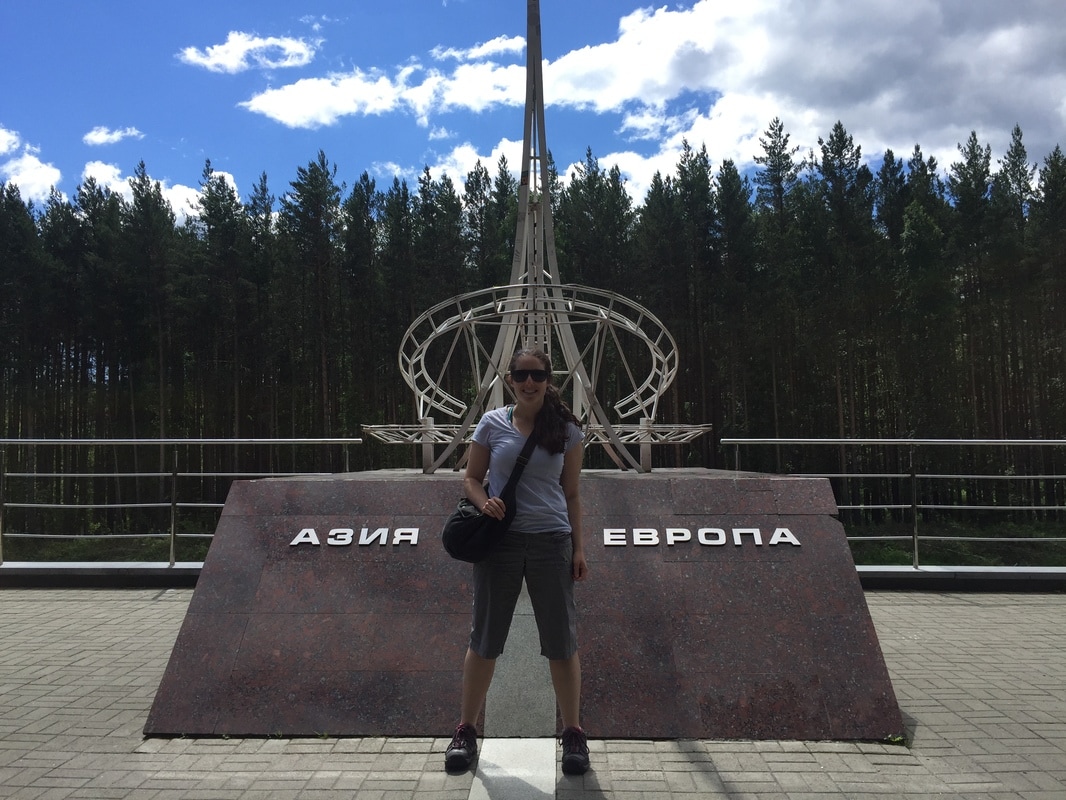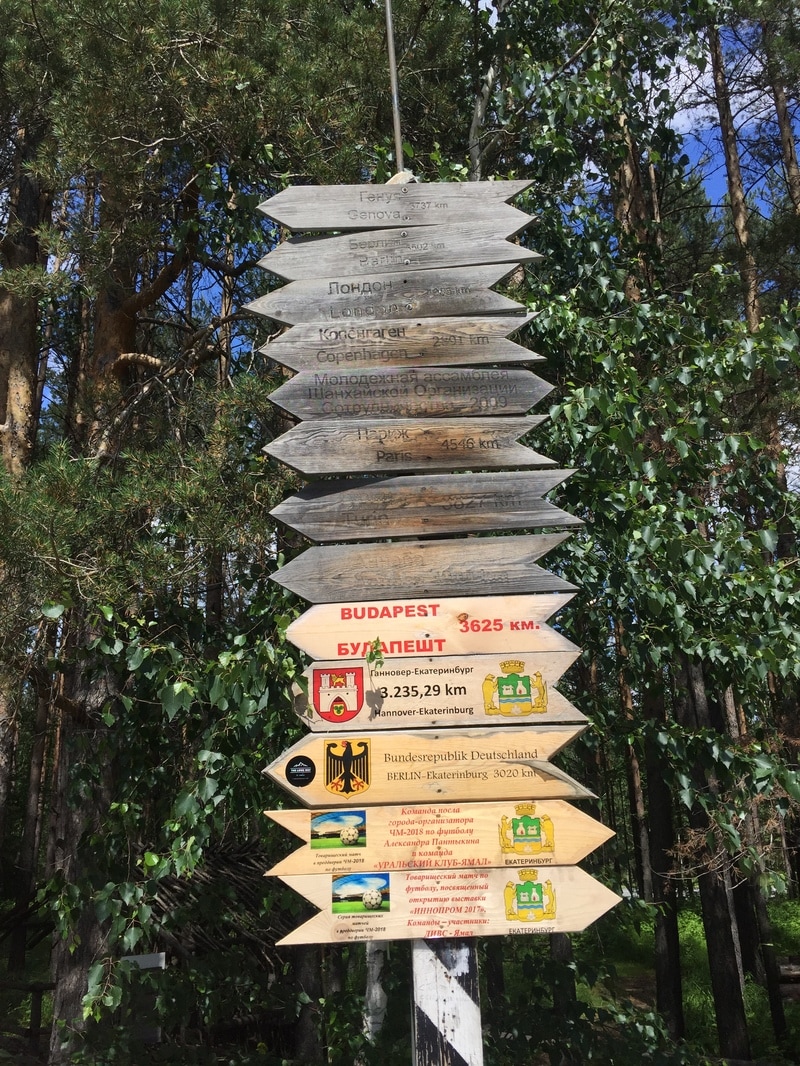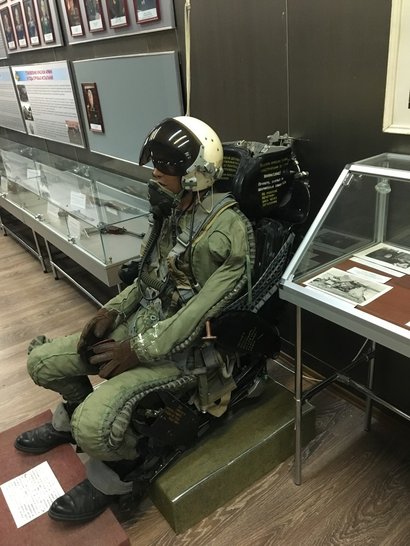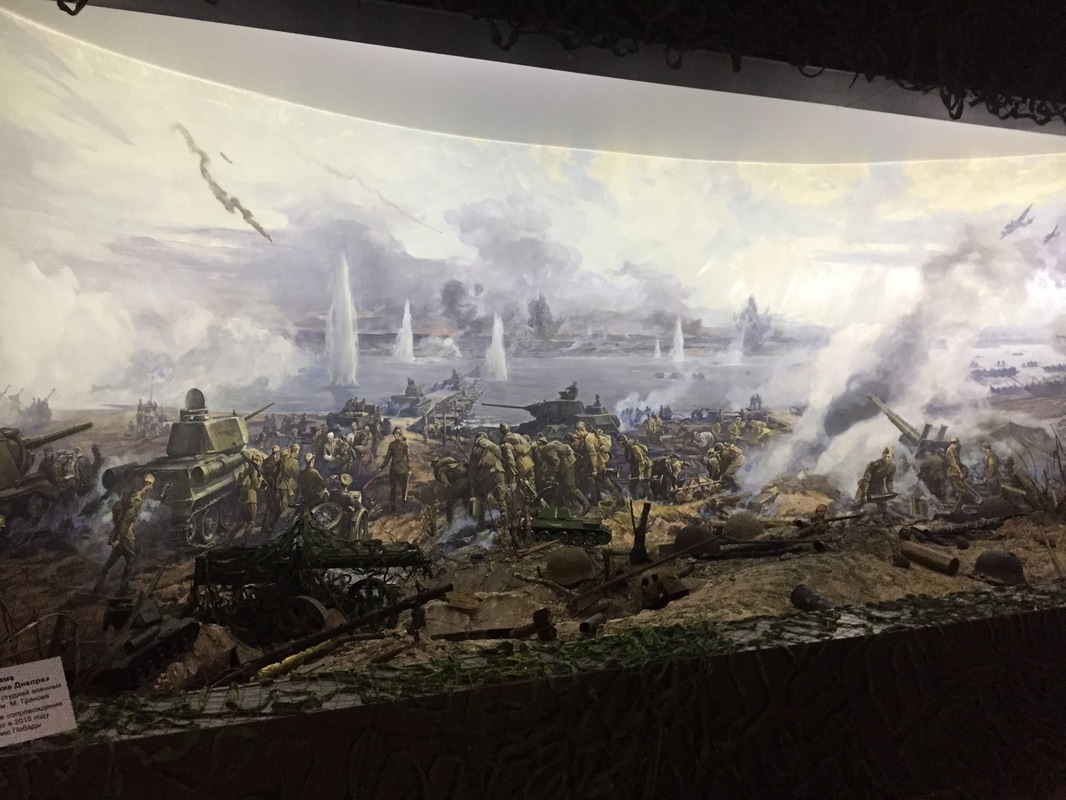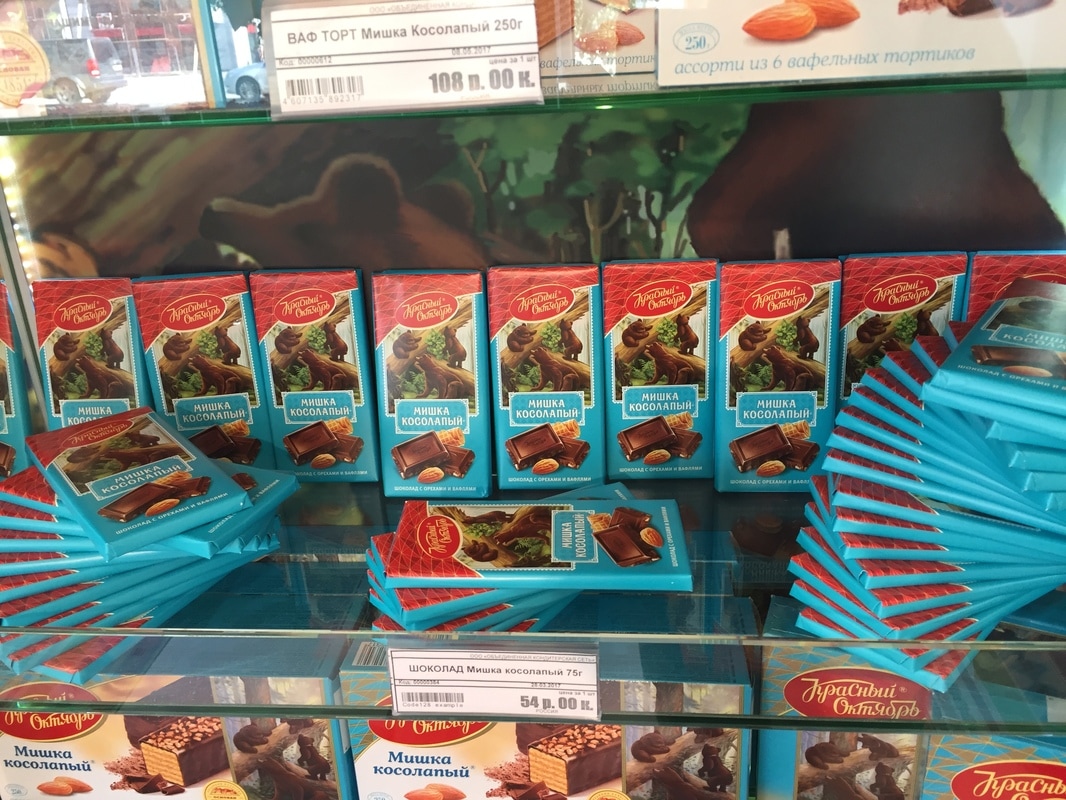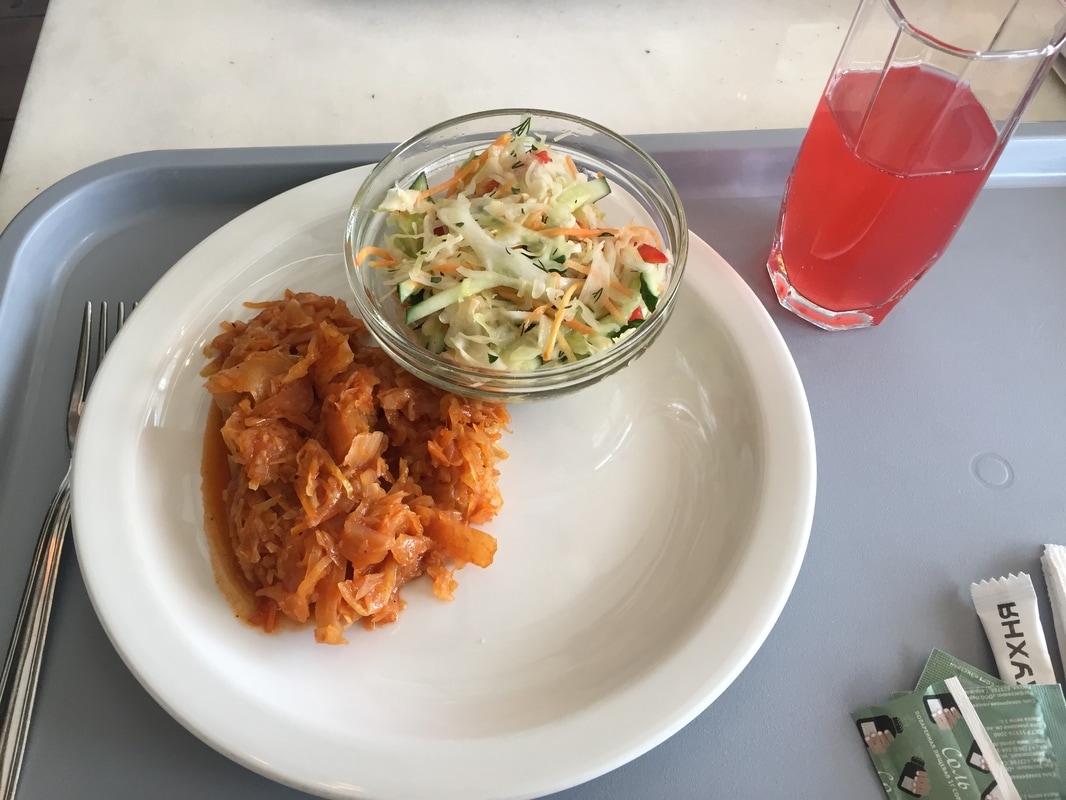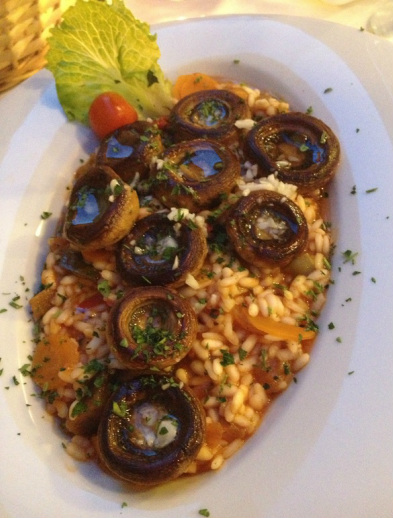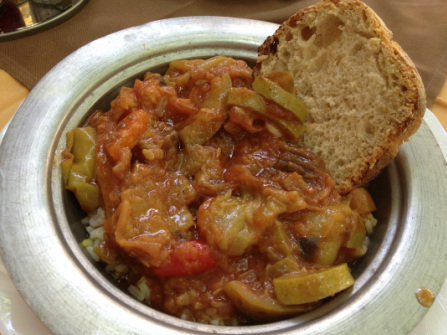 Food in Mostar: Sadrvan & Hindin Hanby Randi / August 31, 2013
Food in Mostar: Sadrvan & Hindin Hanby Randi / August 31, 2013 Early one morning after several days in Sarajevo, we took a rickety, smoke-filled train (again!) to the tiny town of Mostar, down in the Herzegovina region of the country. This route had even more beautiful views.
Mostar is most famous because of its devastatingly beautiful bridge, Stari Most. Because of it, and because it’s a pleasant (now) little town, it is a very popular tourist stop. In the old city section and of course on the bridge, you’ll be caught in throngs of tourists, most of whom are over from Dubrovnik for the day. (It makes an easy day trip from there, which all the tour companies can seduce you with, but I recommend coming down from Sarajevo so you can see more of the country.)
I didn’t care about the crowds, because this site is so lovely and so historically interesting. Stari Most, or the Old Bridge, was built in the 16th century and was a marvel for its time, “the longest only single-span stone arch in the world” (so says my Rick Steves guidebook in an unattributed quote). The strong bridge stood up during the World Wars, becoming a lasting symbol of Herzegovina.
Despite having withstood so many foes, the 1990s war proved too much for the bridge. As bombing hit Mostar in 1993, the bridge suffered direct hits. Then one final shell hit, and the people watched as the symbol of their history and home collapsed into the Neretva River.
I didn’t care about the crowds, because this site is so lovely and so historically interesting. Stari Most, or the Old Bridge, was built in the 16th century and was a marvel for its time, “the longest only single-span stone arch in the world” (so says my Rick Steves guidebook in an unattributed quote). The strong bridge stood up during the World Wars, becoming a lasting symbol of Herzegovina.
Despite having withstood so many foes, the 1990s war proved too much for the bridge. As bombing hit Mostar in 1993, the bridge suffered direct hits. Then one final shell hit, and the people watched as the symbol of their history and home collapsed into the Neretva River.
Although the destruction of the bridge was strategic, as it cut off supplies for those living in the city, it really was a brutal symbolic devastation.
Thankfully, the bridge was reconstructed after the war. Stones from the original bridge were salvaged from the water (by divers from the Hungarian army) and used in the rebuilding. The rest was cut from the original quarry, and workers rebuilt using the same technology as used in the 16th century, to guarantee authenticity. It’s one of those rare cases where the reconstructed monument is just as impressive as the original would have been, but perhaps even more meaningful.
Thankfully, the bridge was reconstructed after the war. Stones from the original bridge were salvaged from the water (by divers from the Hungarian army) and used in the rebuilding. The rest was cut from the original quarry, and workers rebuilt using the same technology as used in the 16th century, to guarantee authenticity. It’s one of those rare cases where the reconstructed monument is just as impressive as the original would have been, but perhaps even more meaningful.
Walking around the old town, you’ll probably feel like you do in most heavily touristed European city centers, with vendors trying to hock whatever goods they can sell you with the town name written on them, and at least one gelato cart on every corner. (The good news – several of the carts had accidentally vegan fruit flavors! One English-speaking vendor even answered my “Does this flavor have milk in it?” with “No, all of our fruit flavors are made with water.” Pretty awesome. Just ask, though, because just a few yards away another vendor told me, “All ice cream has milk!” with a dumb look on her dumb face.)
As in Sarajevo, it’s worth paying for a short tour, because odds are your guide lived here during the war. I called Alma Elezovic (aelezovic@gmail.com), recommended in the Rick Steves guide, but she was busy so she sent her son Yaz. He was fantastic. He seriously spoke English better than I do, and spoke it with a perfect (and east coast?) American accent. I asked where he spent his time in America and he said he’s never been. Linguists, go study him. It was only 20 euro per person for more than 2 hours (which is all it takes to get around the old town), and included entry into a mosque.
As in Sarajevo, it’s worth paying for a short tour, because odds are your guide lived here during the war. I called Alma Elezovic (aelezovic@gmail.com), recommended in the Rick Steves guide, but she was busy so she sent her son Yaz. He was fantastic. He seriously spoke English better than I do, and spoke it with a perfect (and east coast?) American accent. I asked where he spent his time in America and he said he’s never been. Linguists, go study him. It was only 20 euro per person for more than 2 hours (which is all it takes to get around the old town), and included entry into a mosque.
 The former front line of Mostar
The former front line of Mostar
This street was the front line during the war. Yaz said that on any day, bodies would fill the streets. Relatives were too scared of being gunned down by snipers to retrieve the bodies.
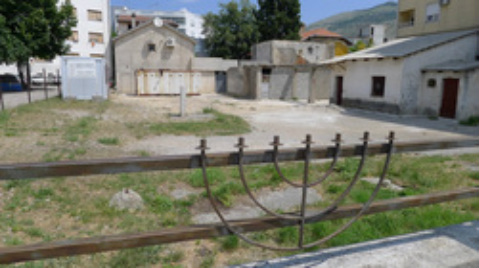 The future site of the Mostar Synagogue, on the former front line
The future site of the Mostar Synagogue, on the former front line
This lot is the future home of the Mostar Synagogue. During the war, Jews acted as intermediaries, crossing the front line to transport supplies and information. As thanks for their heroism, the city offered to donate any piece of land the Jewish community wanted, and they chose this symbolic spot right on the former front line.
You’ll probably see young men in bathing suits (*cough* Speedos *cough*) on Stari Most hustling tourists for money. They are soliciting donations to jump into the river, which is dangerous not only because of the height but because the temperature drops about 50 degrees from the bridge to the water. The divers will wet themselves first to reset their body temperature (and probably will again after they jump heyoooo!).
Outside the old town, you’ll see what is so prevalent around Bosnia-Herzegovina – the juxtaposition of the new, modern rebuilding and the decrepit, destroyed buildings from the war. It’s quite shocking to see such buildings next to each other, isn’t it?
The food isn’t great for vegans, but here’s a recap of what I ate.
It’s worth spending a night here so you can take your time, walk outside of the touristy center, and enjoy Mostar in the evening. We stayed at a lovely pension just a few minutes from the bridge, called Pansion Cardak. The woman who runs it, Suzana, is the nicest ever. The rooms (four in total) are clean, simple, and affordable.
I highly recommend that you fit a trip to Mostar into your itinerary. Stari Most is really so beautiful, and the interesting history of the small town is worth learning about. Mostar makes a great day trip from Dubrovnik, or better yet a stopover from Sarajevo to Dubrovnik or Montenegro.
It’s worth spending a night here so you can take your time, walk outside of the touristy center, and enjoy Mostar in the evening. We stayed at a lovely pension just a few minutes from the bridge, called Pansion Cardak. The woman who runs it, Suzana, is the nicest ever. The rooms (four in total) are clean, simple, and affordable.
I highly recommend that you fit a trip to Mostar into your itinerary. Stari Most is really so beautiful, and the interesting history of the small town is worth learning about. Mostar makes a great day trip from Dubrovnik, or better yet a stopover from Sarajevo to Dubrovnik or Montenegro.


